I love nature and I really like to feel free, to be able to enjoy the look with the colors and sounds of nature, but at the same time I can say that I am a traveler, I have traveled a lot, that is part of my life.
When you travel through different parts of the country or the world, because I travel a lot abroad, you meet a lot of customs, cultures and gestures that are not at all similar to what I encountered in the country.
These things leave their mark by creating different states and emotions of different intensity.
I tried to make an introduction in the post I will make today because the emotional load I had after visiting this tourist attraction, because today it is a tourist attraction has reached some maximum limits.
From happiness to ecstasy, tears of joy because this place no longer exists but also tears of sadness for the things that happened there.
Today I will try to show you the day trip to Auschwitz, Polish Oświęcim, also called Auschwitz-Birkenau, the largest concentration camp and extermination camp in Nazi Germany.
After preparing my personal car for the road I went to the border with Hungary and further through Slovakia and the end of the line Krakow (POLAND). The road to get there was not so difficult, I left home a little after midnight and in the morning around 9 o'clock I had already arrived there. The first thing was to have our breakfast to recharge our batteries for what was to come.
Located near the industrial town of Oświęcim in southern Poland , Auschwitz was actually three camps in one: a prison camp, an extermination camp, and a slave-labour camp. As the most lethal of the Nazi extermination camps, Auschwitz has become the emblematic site of the “final solution,” a virtual synonym for the Holocaust.
Why was this location chosen, because here was the largest railway junction with 44 railway lines that facilitated the transport of a large number of Jews and other nationalities from all over Europe.
Between 1.1 and 1.5 million people died at Auschwitz, 90 percent of them were Jews, the real number of those killed here is much higher because the Germans destroyed many documents later and it was not possible to establish their exact number.
I can talk a lot about Auschwitz, but today I just want to make a summary of those who were taken there because of the great emotions.
From the entrance gate I felt the oppressive atmosphere, I had some strange feelings.
Arriving at the ticket office I was told that there are no more tickets with a guide in English but only in French and Italian, I chose the guide in French because I know little French.
After arriving in a room where we left our backpack, and took our water and something to chew, we entered the inner courtyard of the camp. Get ready with some headphones they gave us at the entrance, the guide did the sound test to make sure everyone would hear it, and we followed in the footsteps of those who arrived a few decades ago.
From the entrance we can see the strong message ,, ARBEIT MACHT FREI ,, translated means work will set you free.
The guide explained very well the whole history of the place, later after we entered the camp we started to visit some barracks called BLOCK, not all BLOCKS could be visited.
Continuing to trample the wet earth with billions of tears we go to other BLOCKS.
I realized the true dimension of this place when I entered BLOCK no. 4 and from there some women came out crying .
Detailed descriptions for each BLOCK are displayed on the BLOCK walls, just looking at the pictures on the BLOCK walls made me shiver.
The fences had electricity on them so that they could not be climbed.
We see huge piles of exposed human hair that the Nazis used to make beds and clothes for the army. Hundreds of empty containers of Cyclon B, the gas responsible for killing in the camp. Dentures, teeth pulled from meat, a dental office equipped with a hammer, pliers and a chisel.
In the basement of a BLOCK I saw dungeons for absolutely horrible punishments where the light of day never enters and on the access corridor to them there was no place for two people to intersect.
We also reached the room where they were gassed and the walls of the gas chamber were scratched with their nails and with the despair of those who were walking towards death.
In this glass object is a small part of the ashes of those cremated here.
On one of the walls we can see the map of the places from where the people were brought to Auschwitz.
The few documents that escaped unburned by the Germans.
At the sight of these pictures I was overwhelmed by emotions.
Pictures and children's clothes were displayed here,it's really too much.
Next to the gas chamber were the furnaces in which the bodies of those killed there were burned.
Still marked by what we saw, we easily headed towards the exit of the camp. After everything we saw, we can hardly find our words.
The bus that takes us free to Auscwitz 2-Birkenau is waiting for us at the entrance to the camp.
The entrance to the camp is made through a gate (Death Gate), a watchtower, guarded by several buildings, all built of red brick. In the building to the left of the tower there is an information center and a small souvenir shop, books, leaflets.
Right at the entrance to the perimeter of the camp, we notice the railway tracks where the trains with the future victims were coming and the famous wagon, with which some detainees took the bodies out of the gas chambers and transported them to the crematoria.
People were transported in these wagons, at the death factory.
On January 27, 1945, the Red Army liberated the camp where more than a million people died.
I apologize to everyone but I could hardly write this description because of my emotions.
See you in the next post.
Everything you read here belongs to me, as well as the pictures are taken by me with a Nikon 3100 DSLR camera.
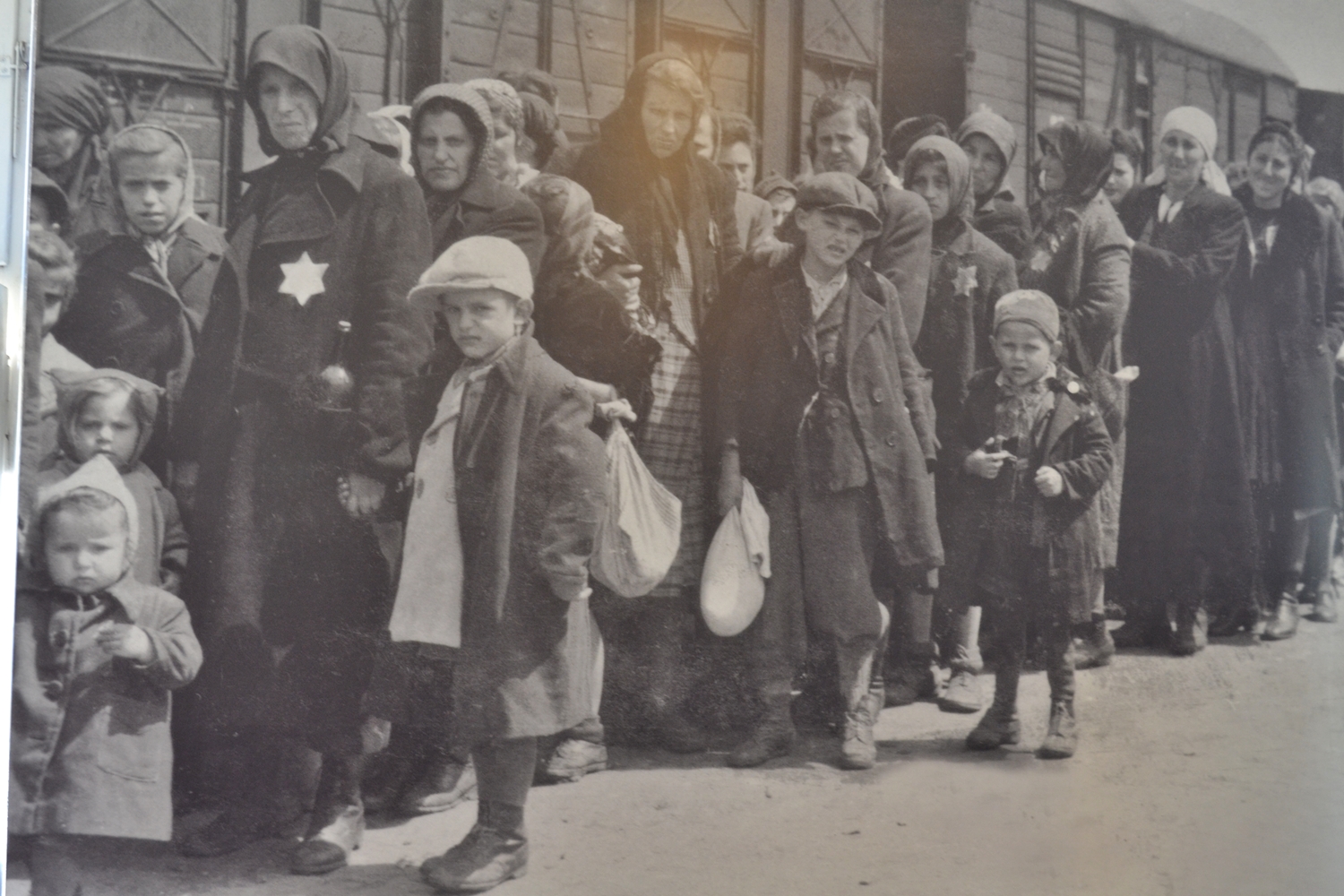
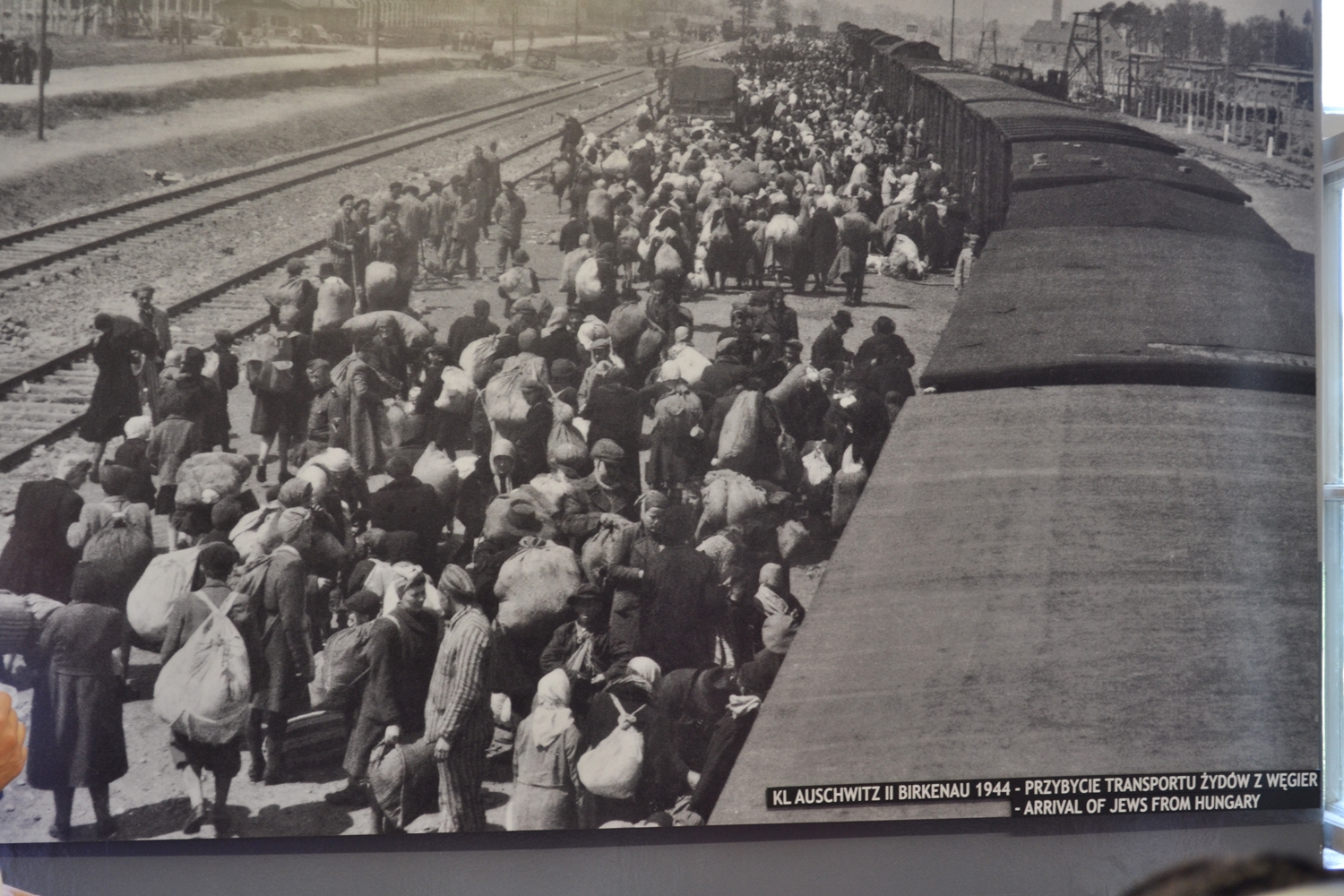
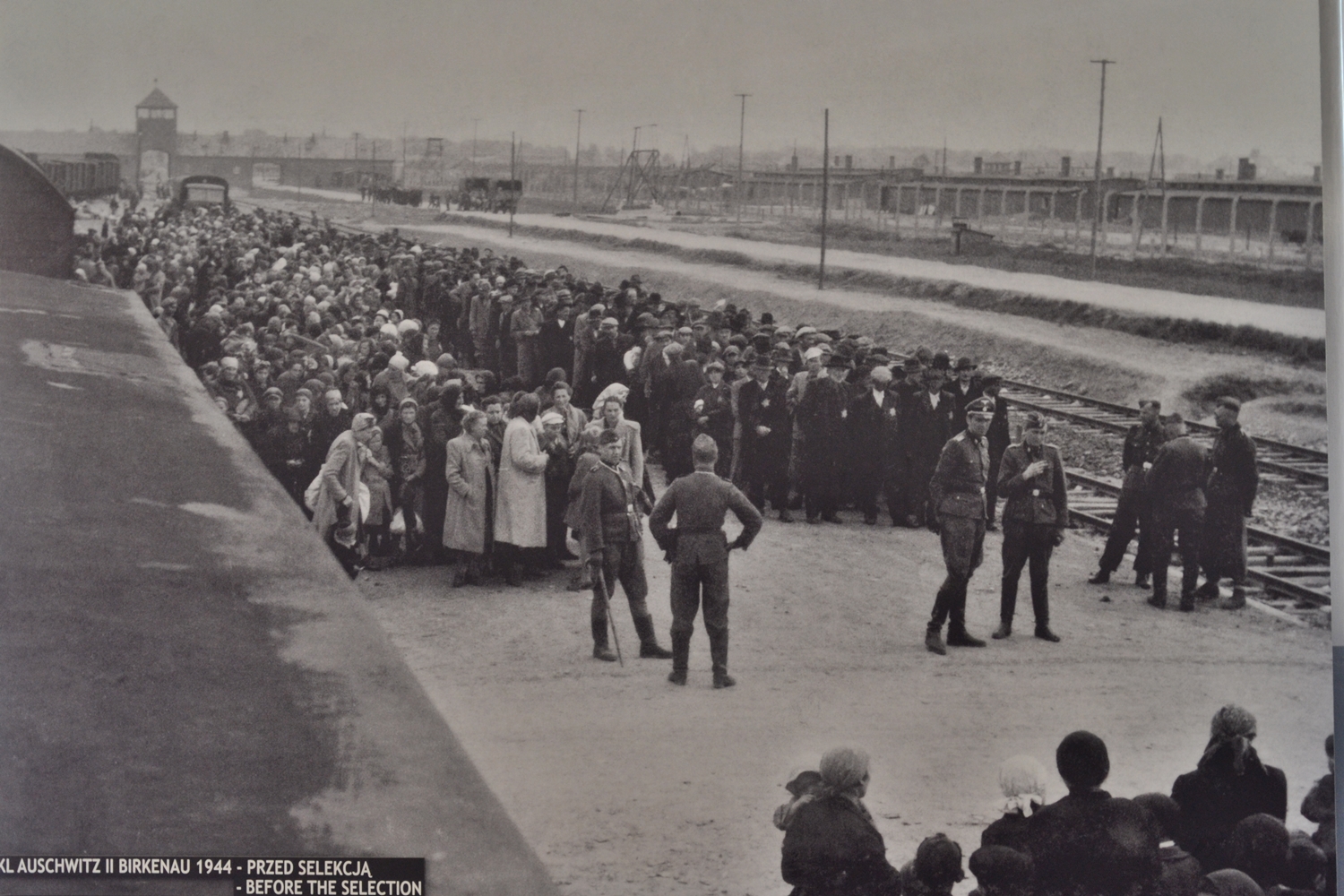



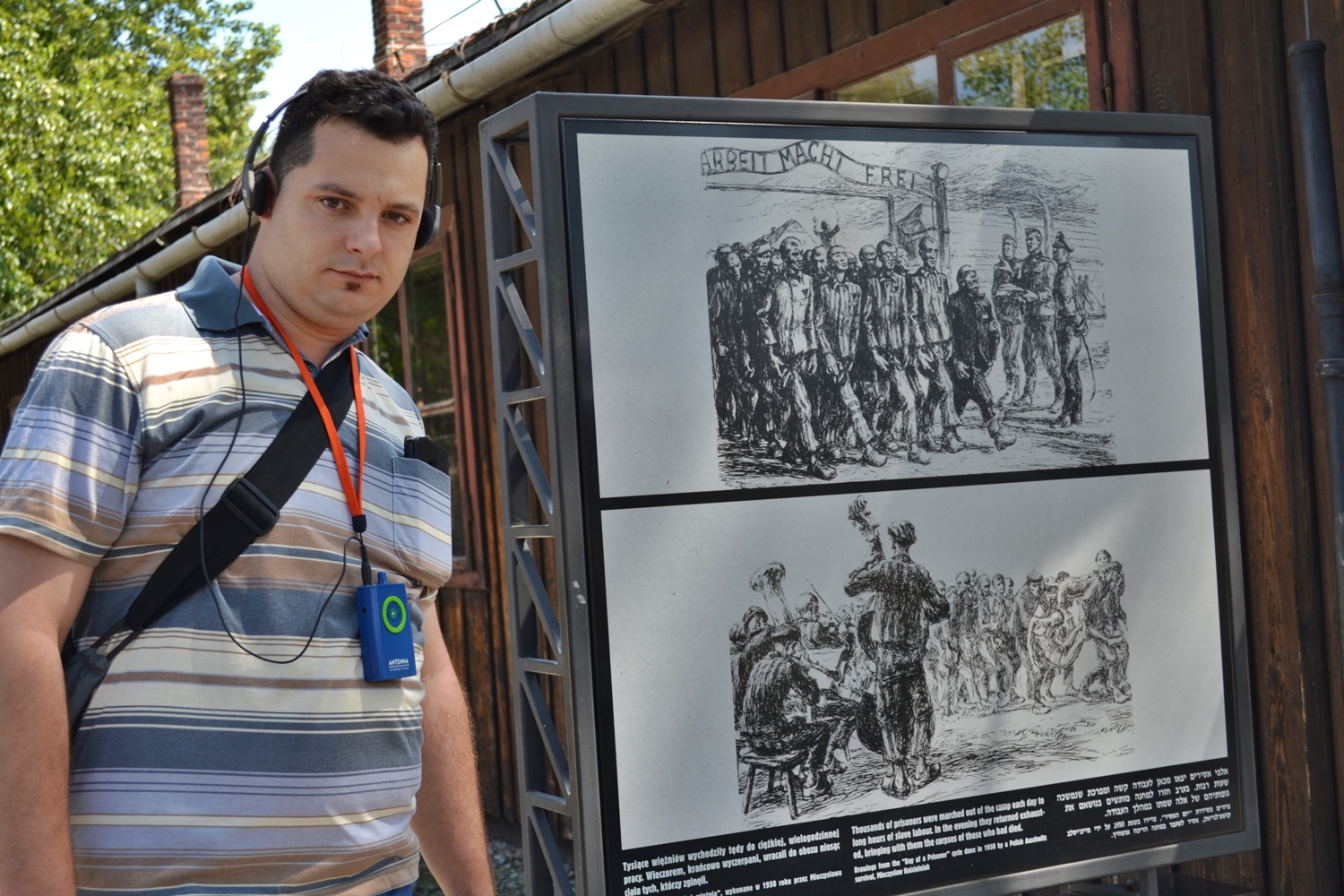



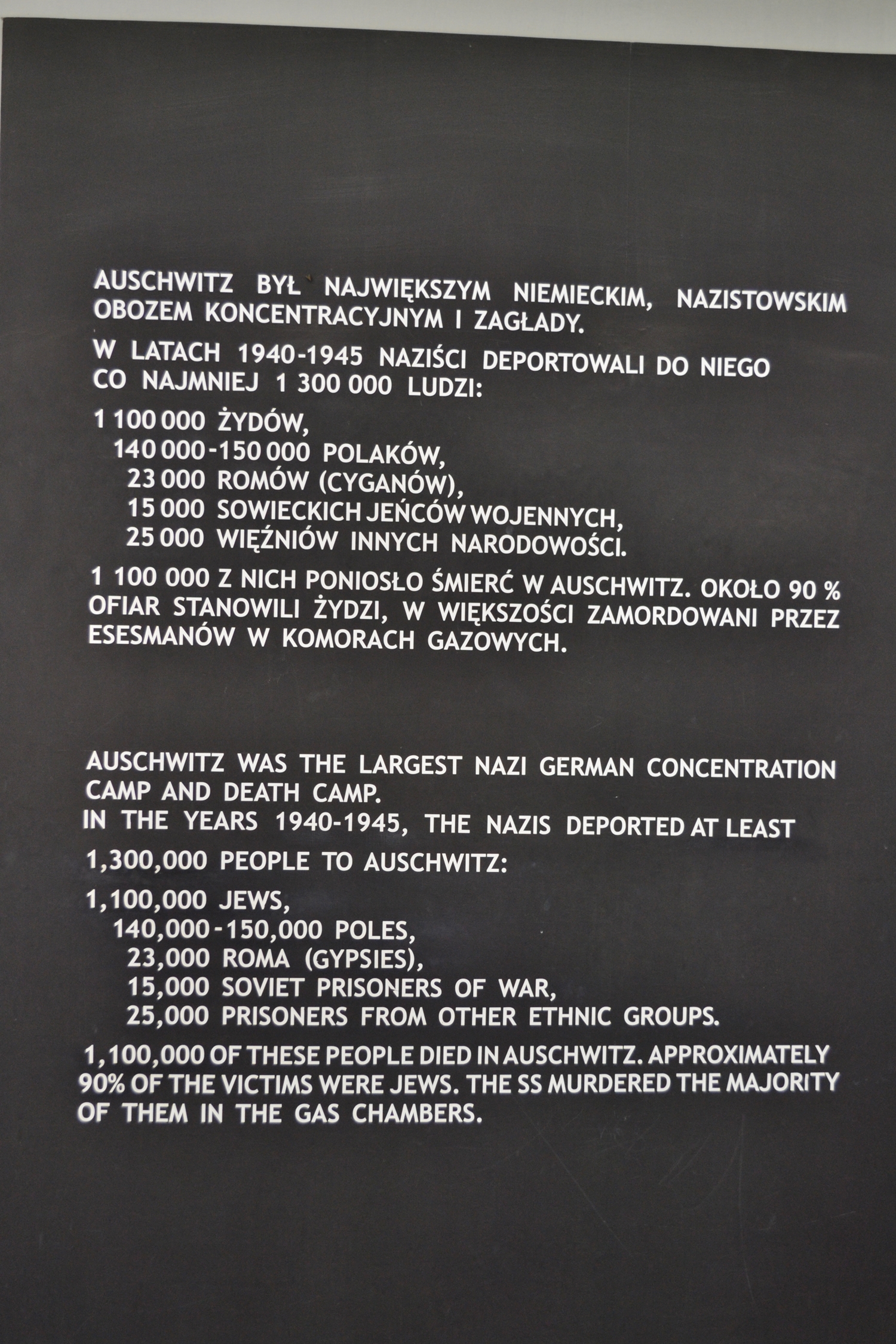

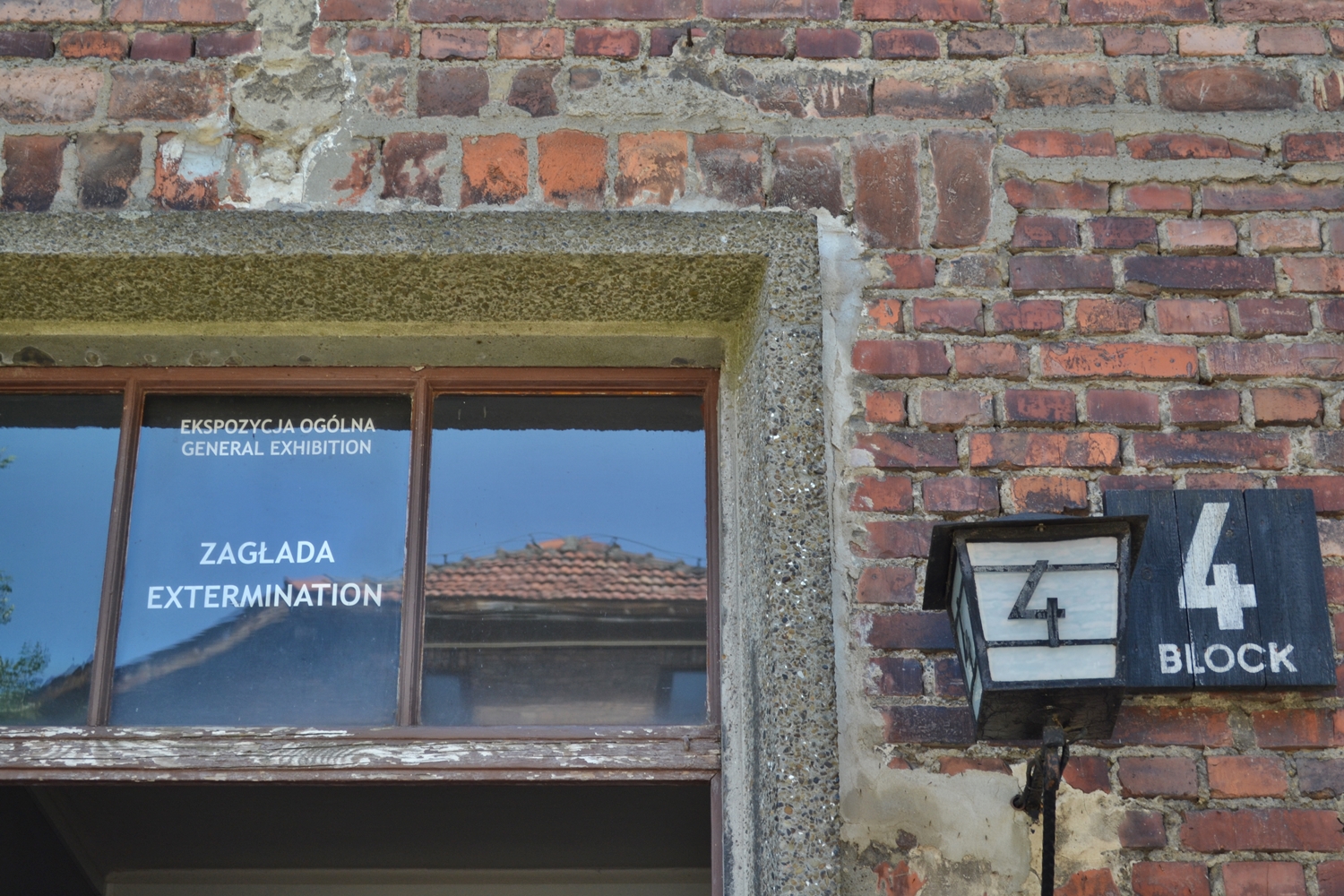
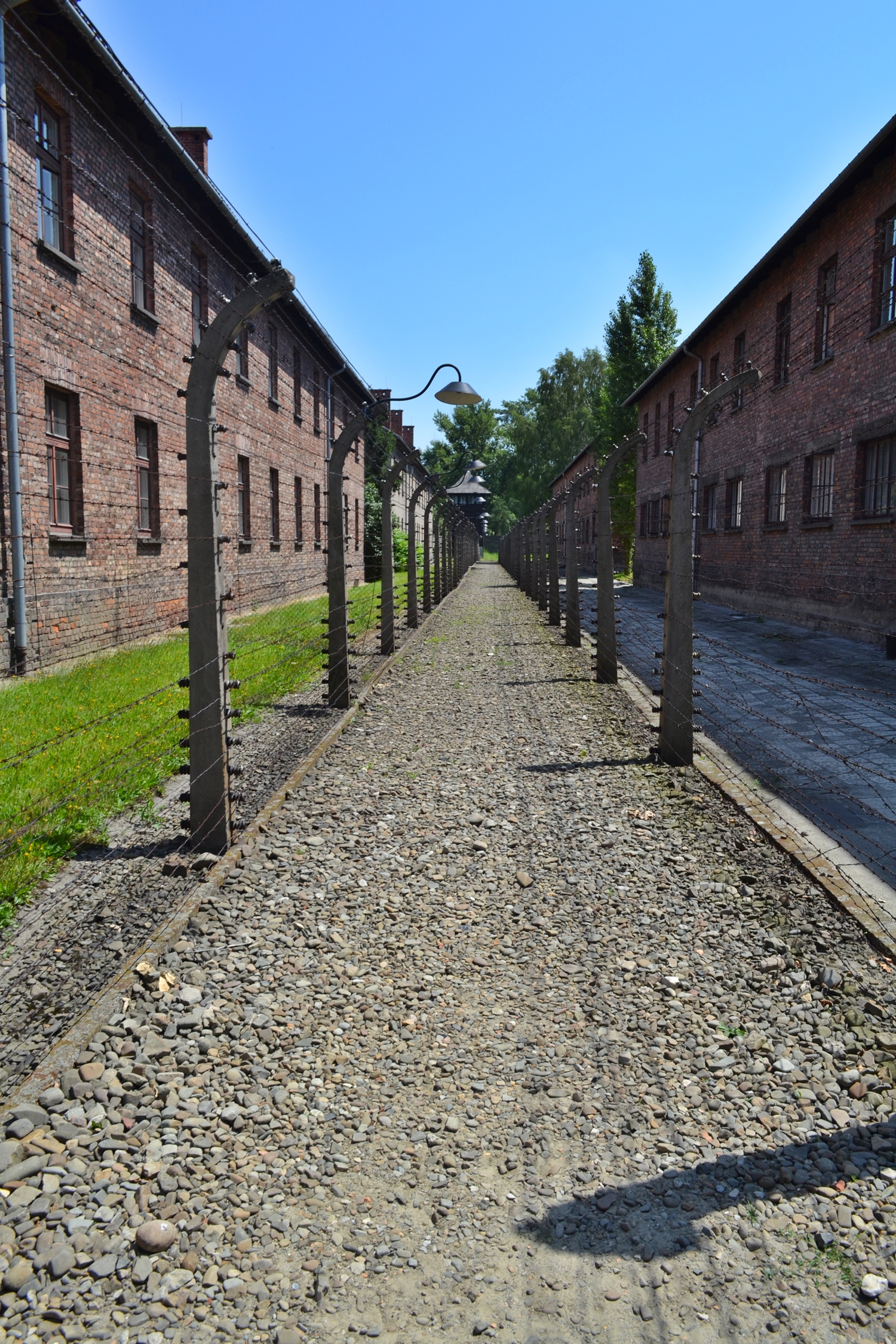
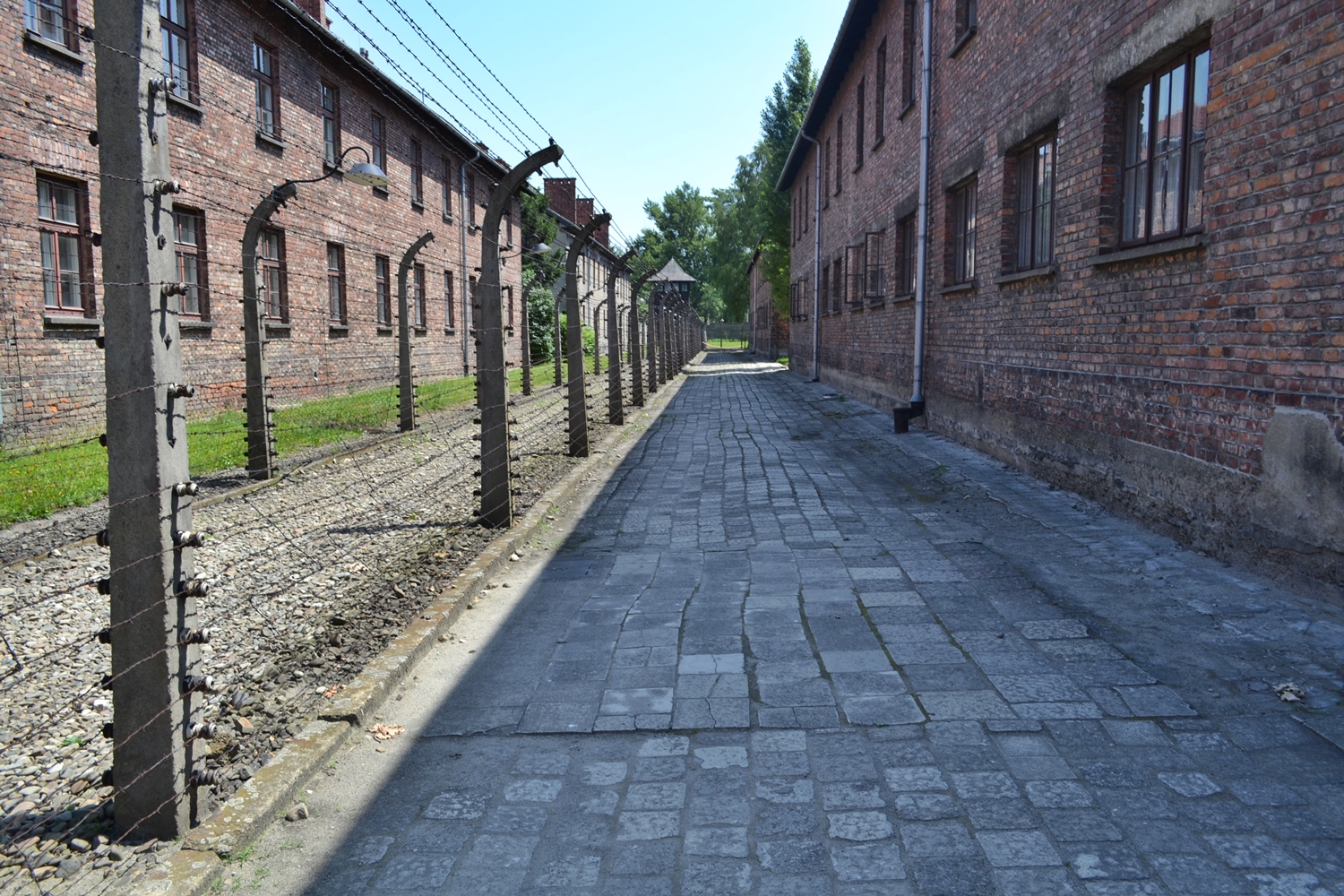
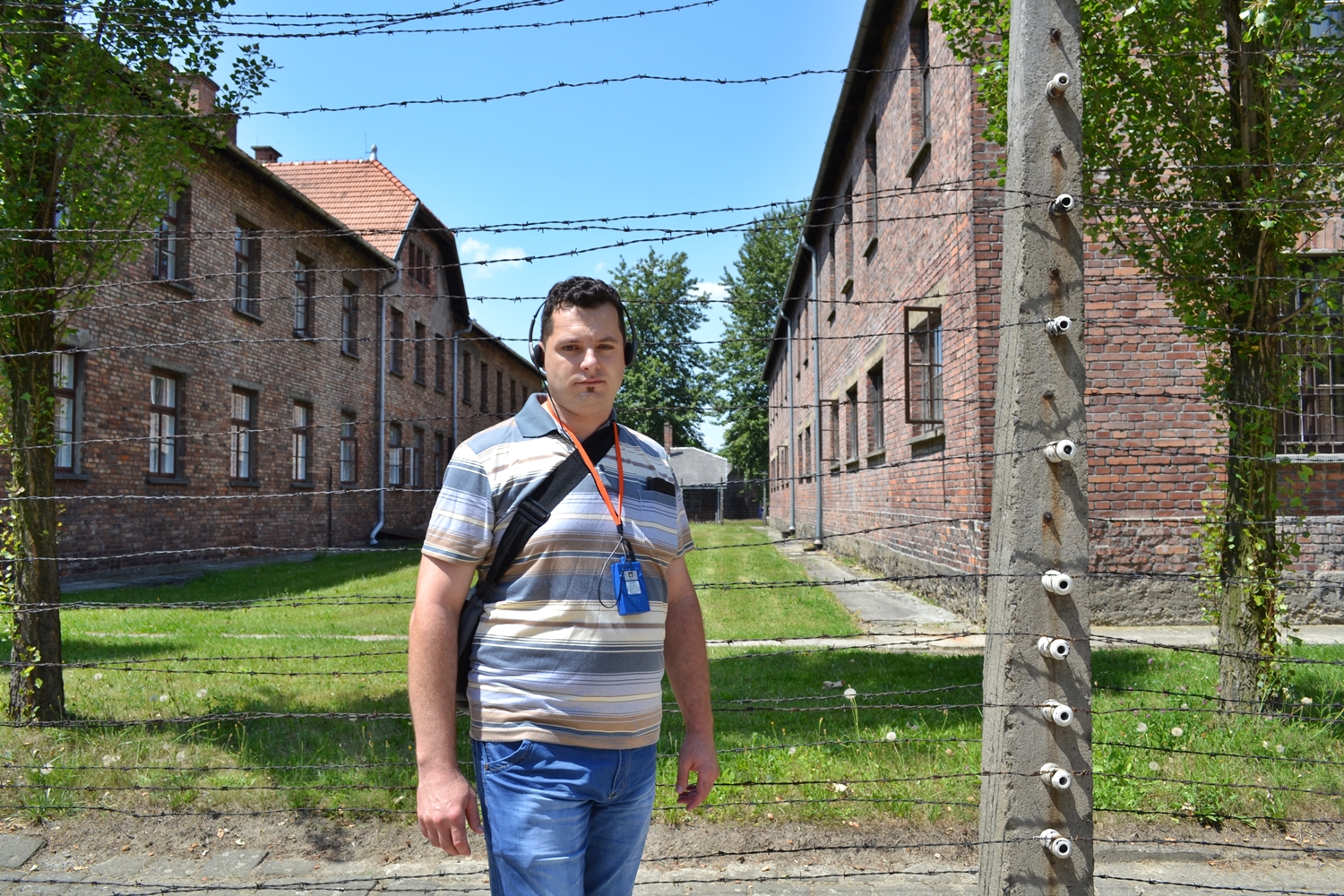
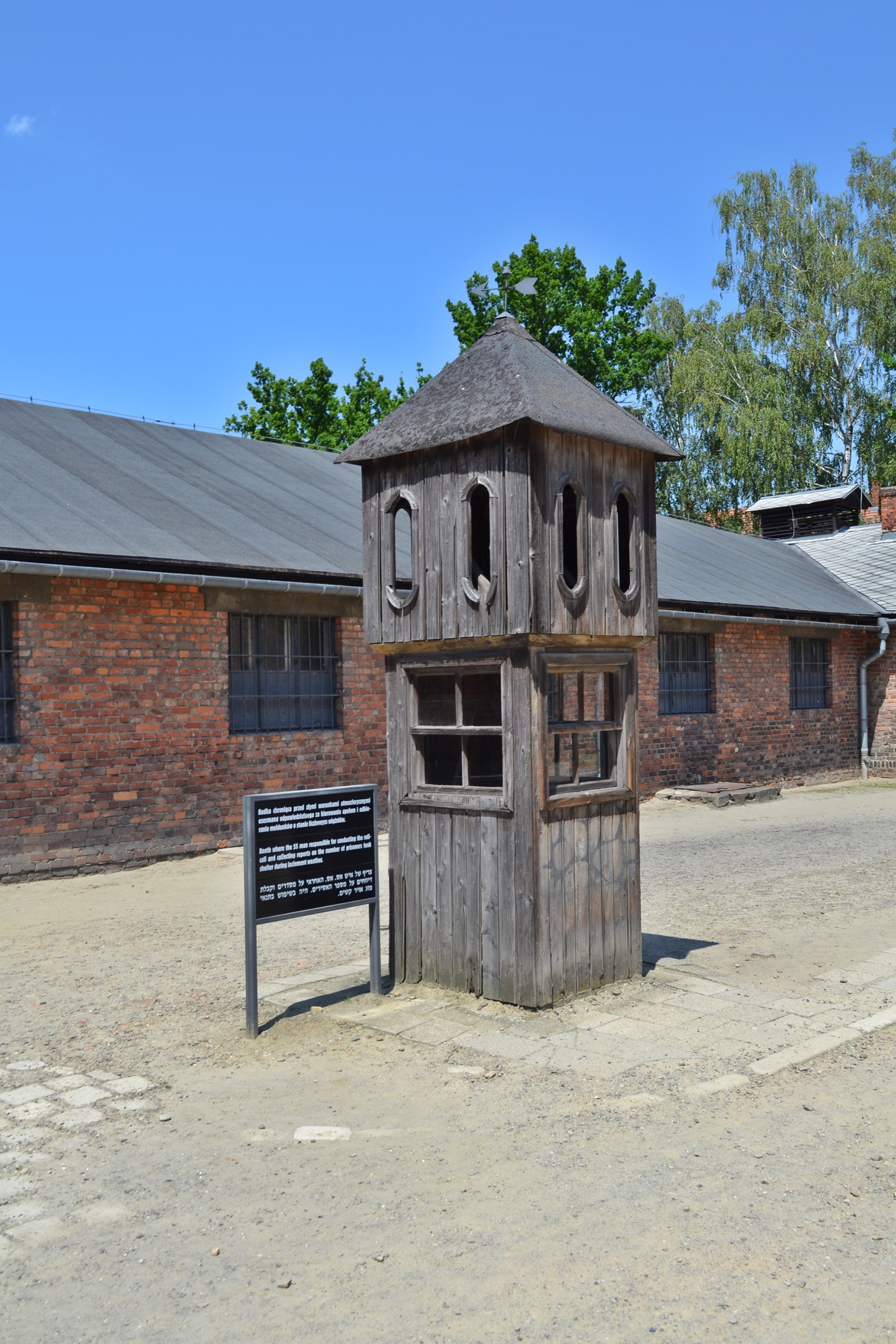
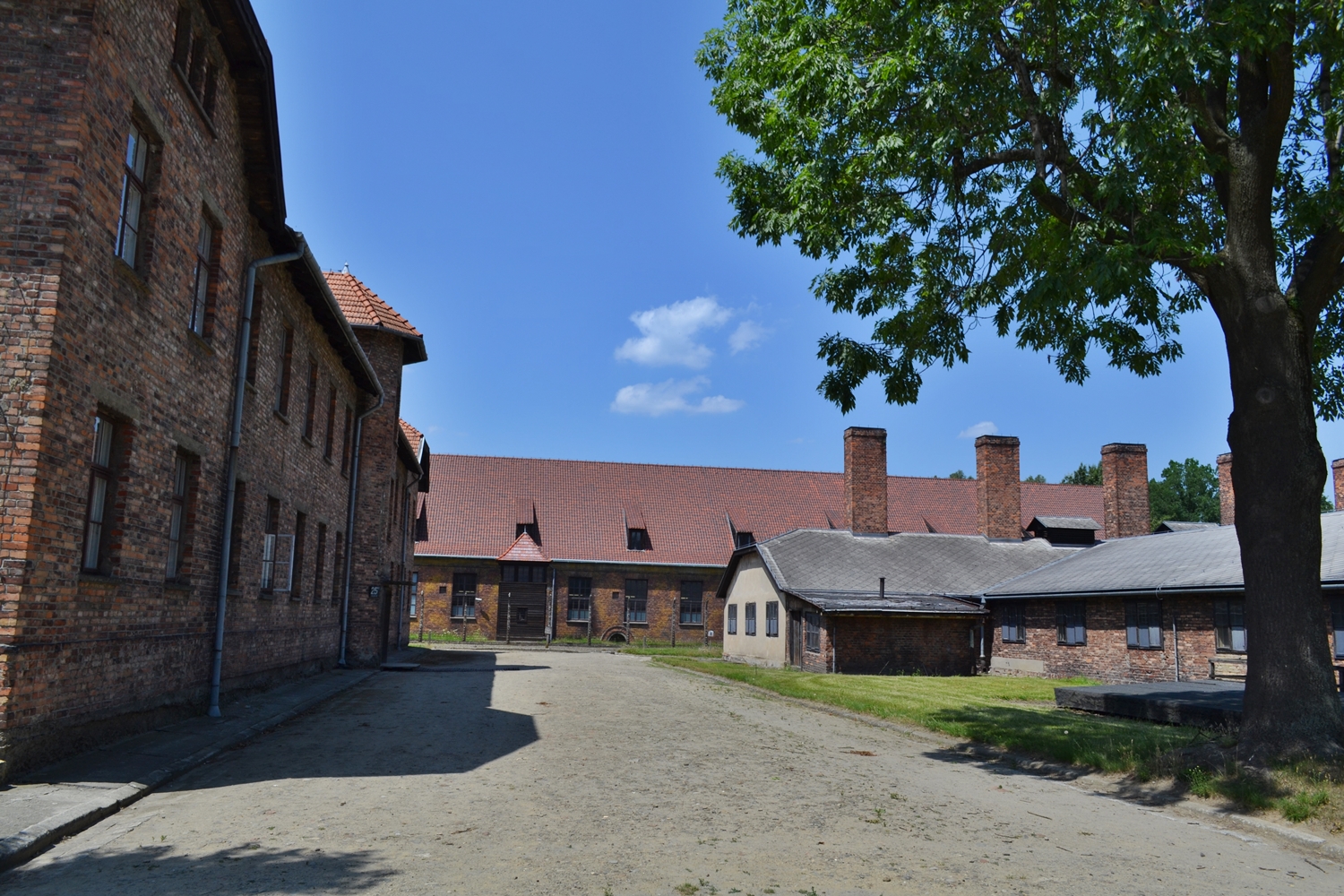
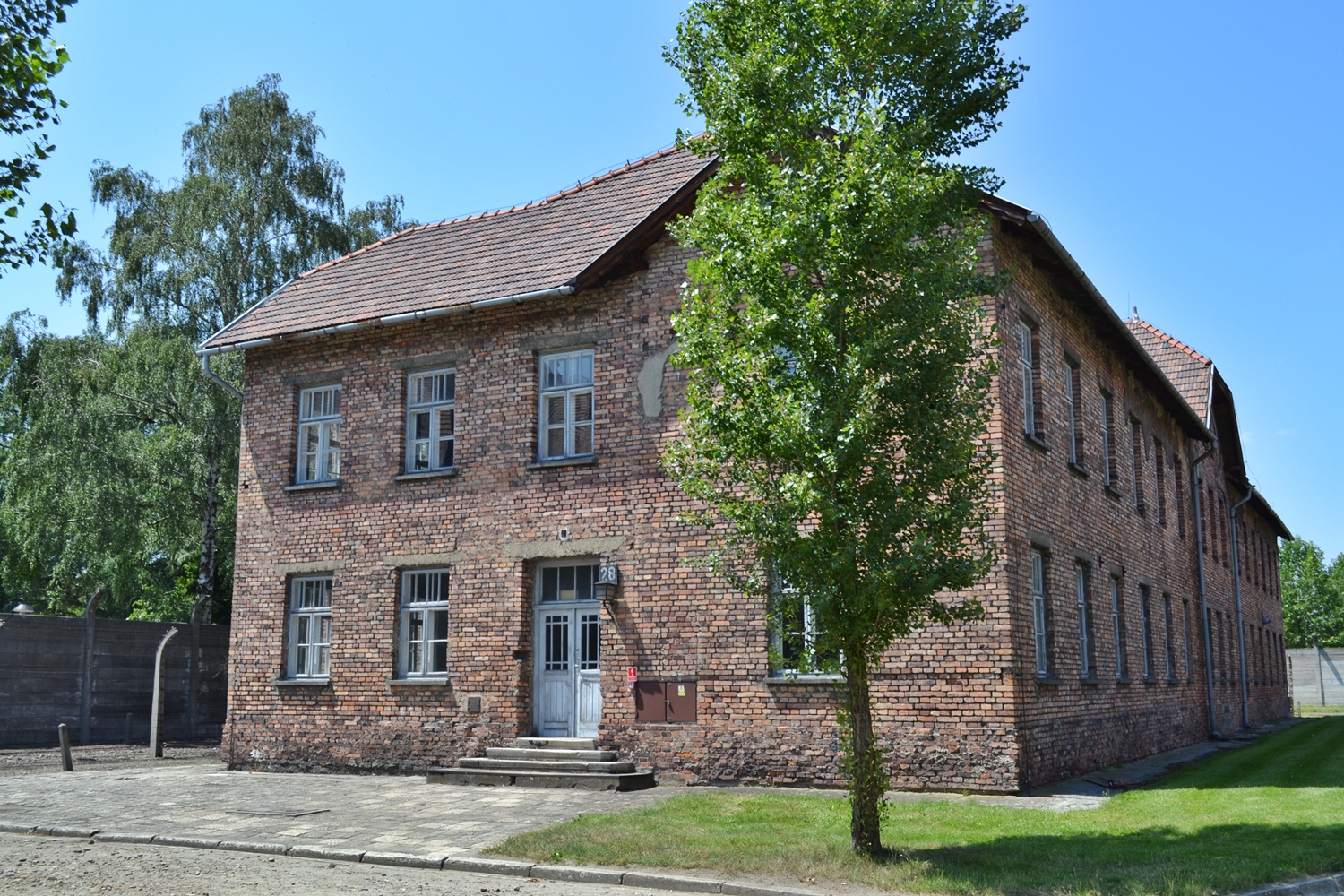
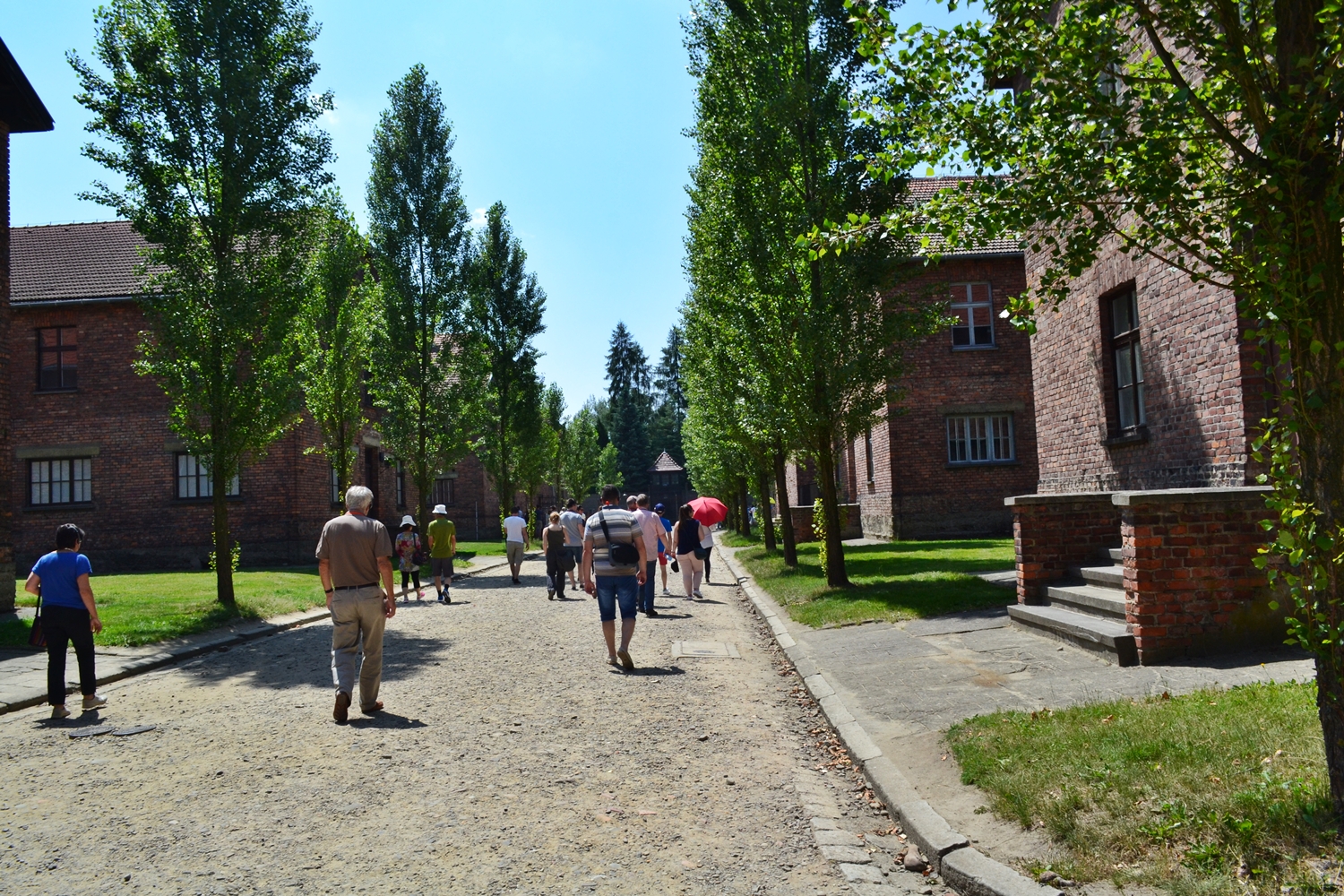
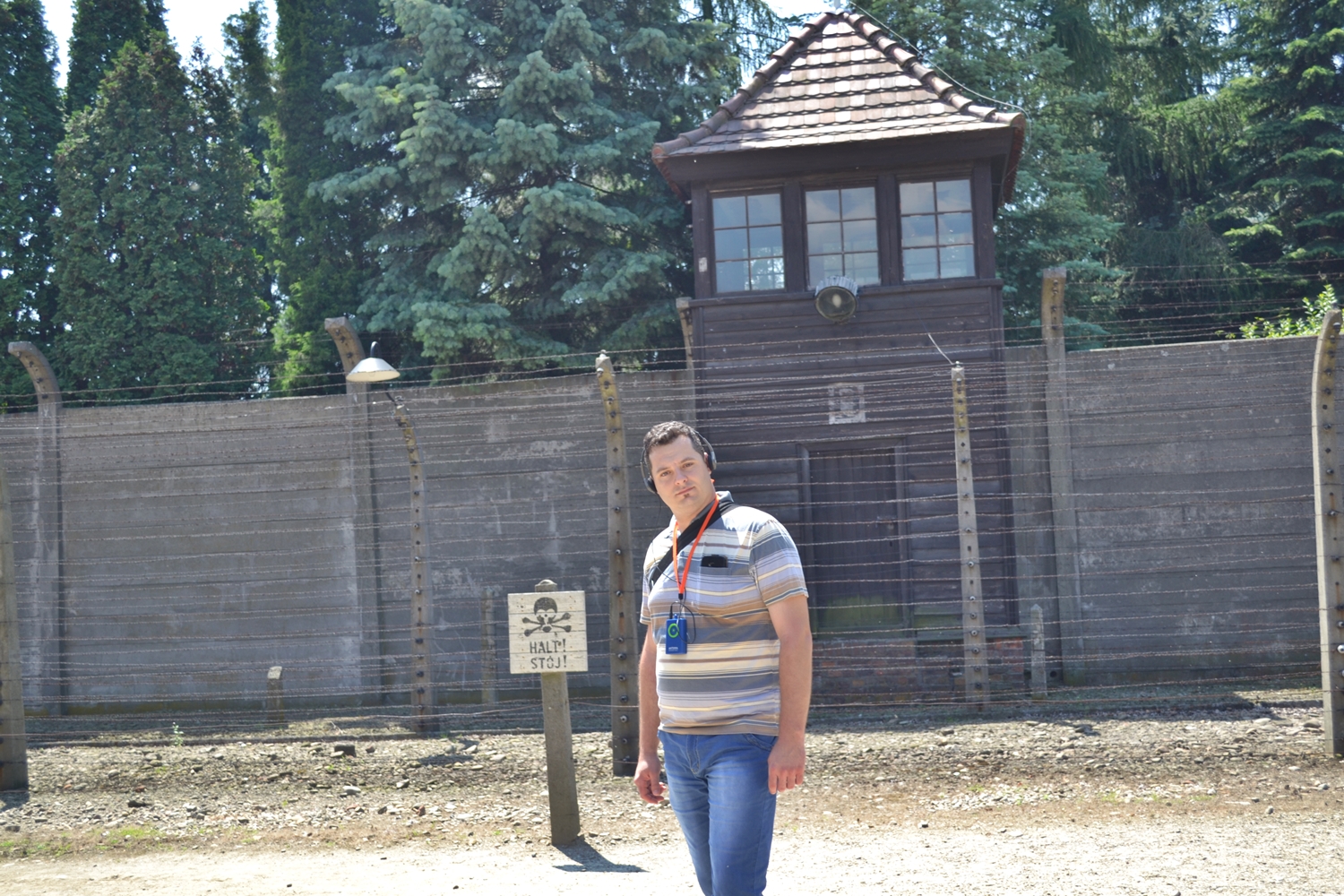
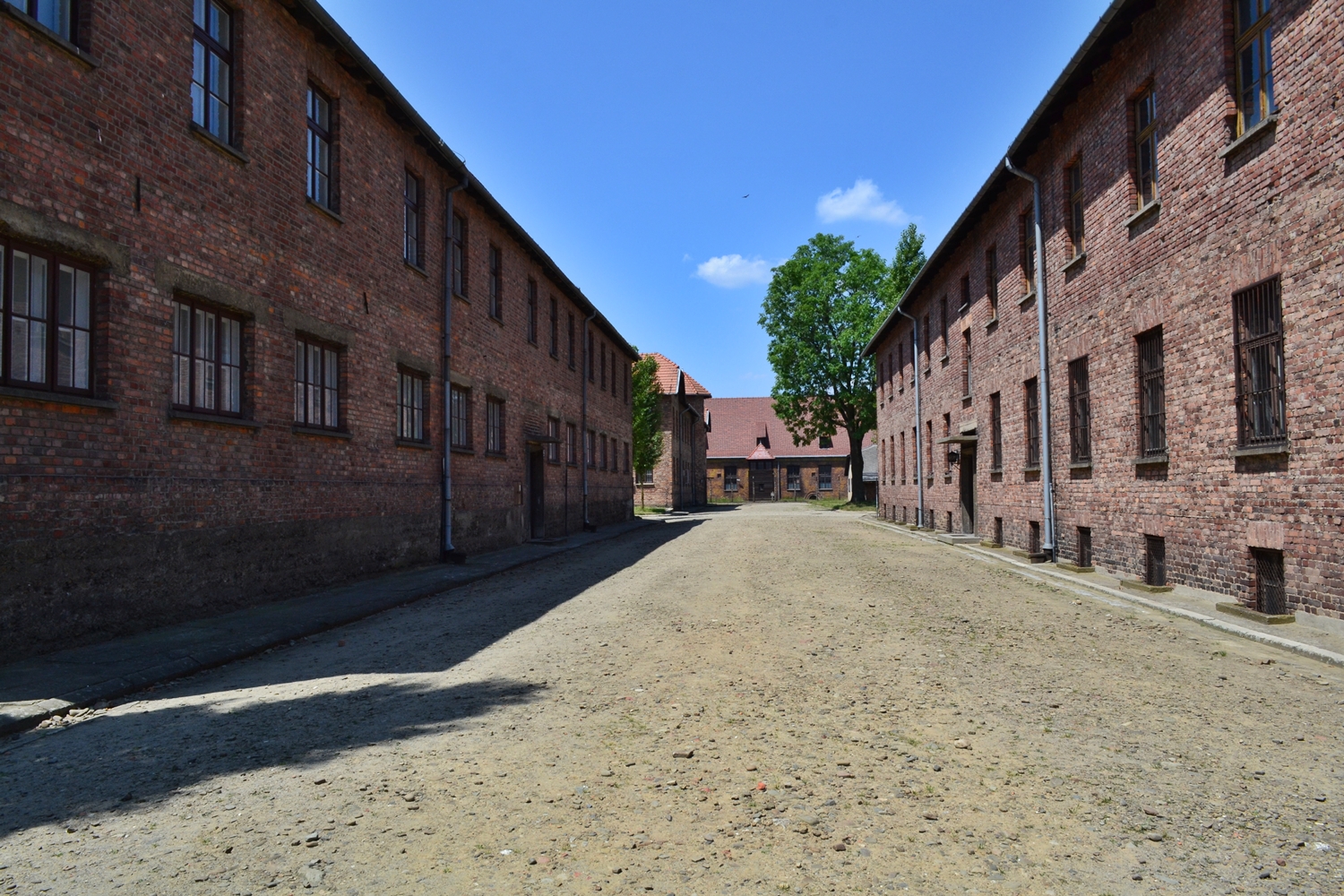
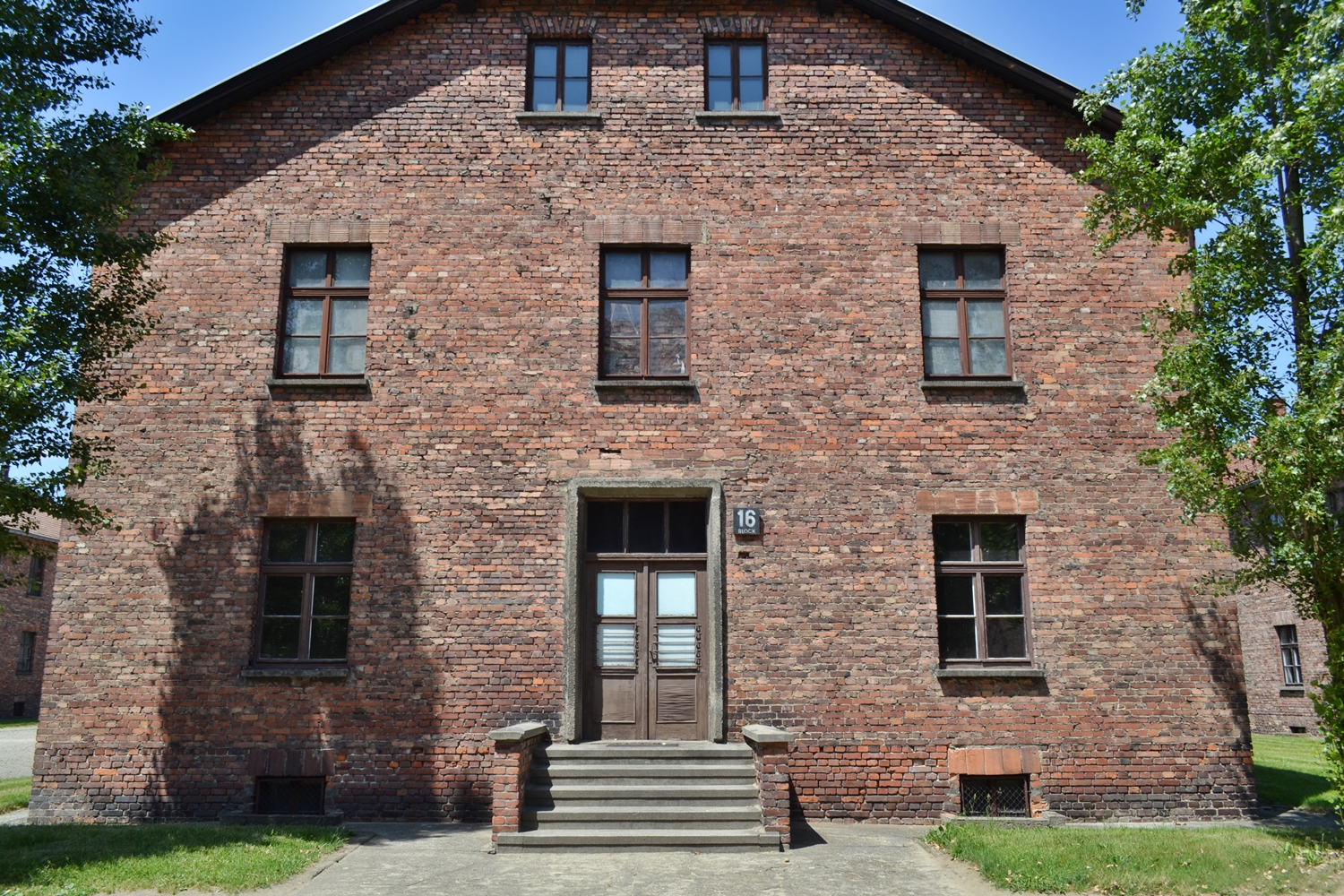

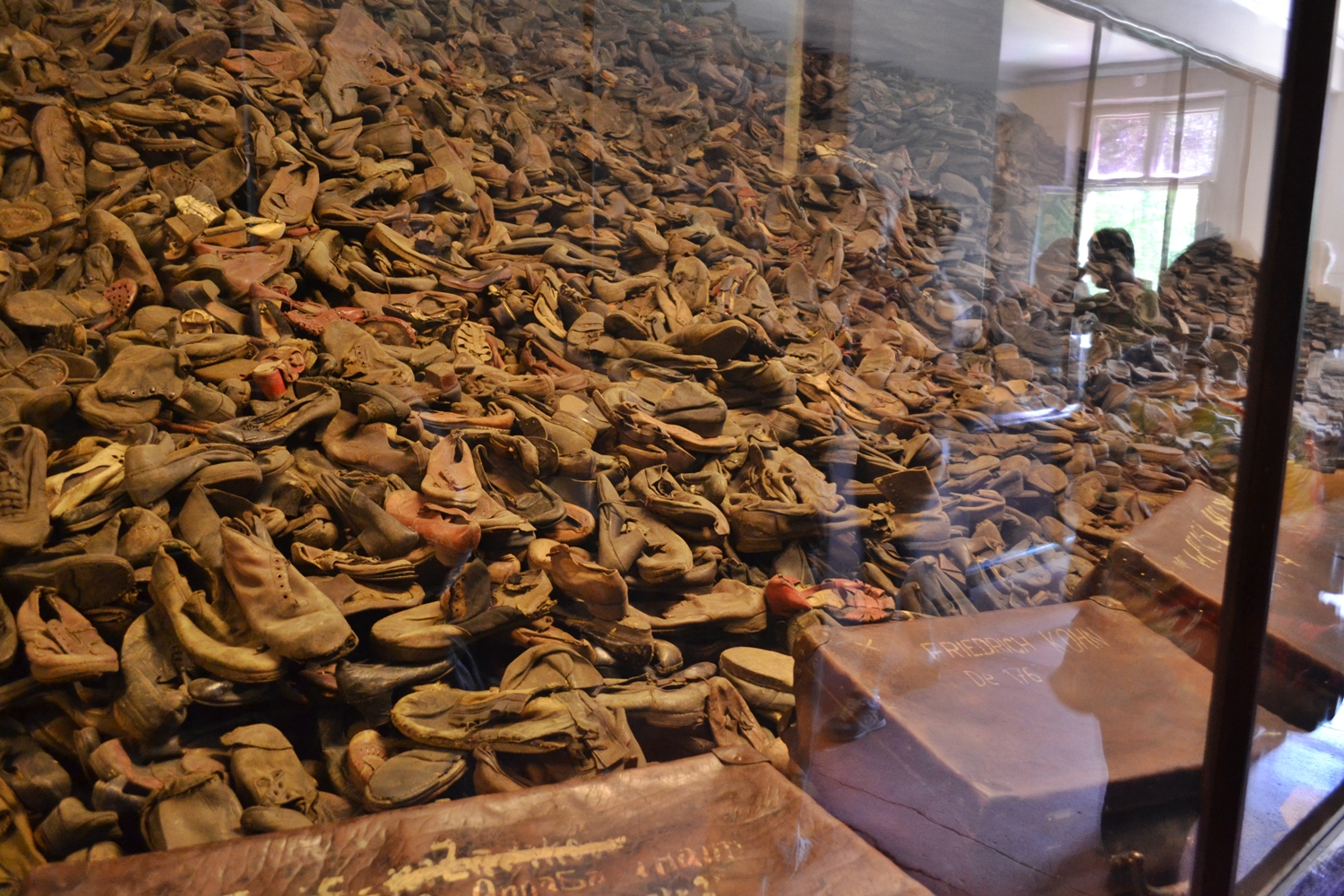
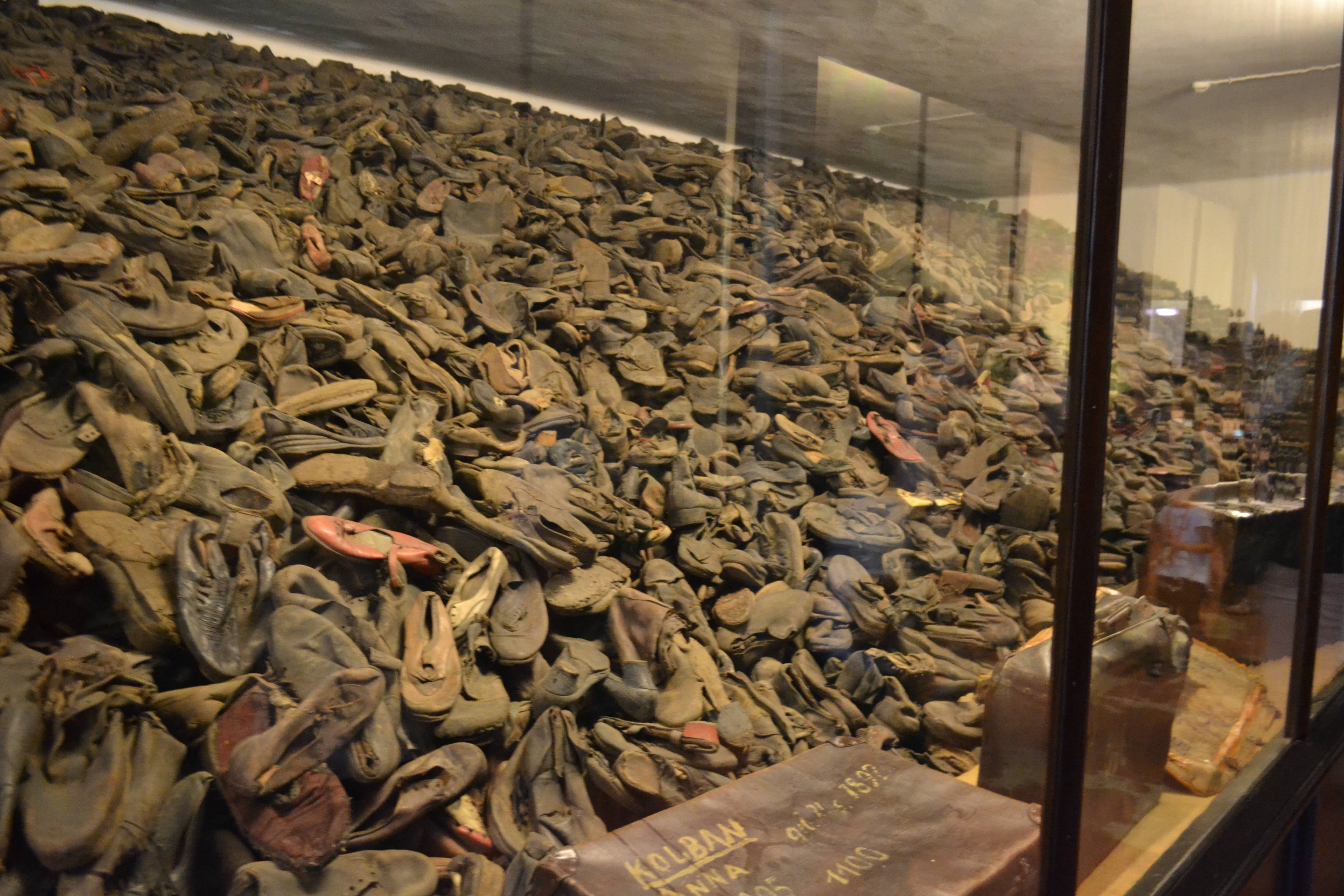
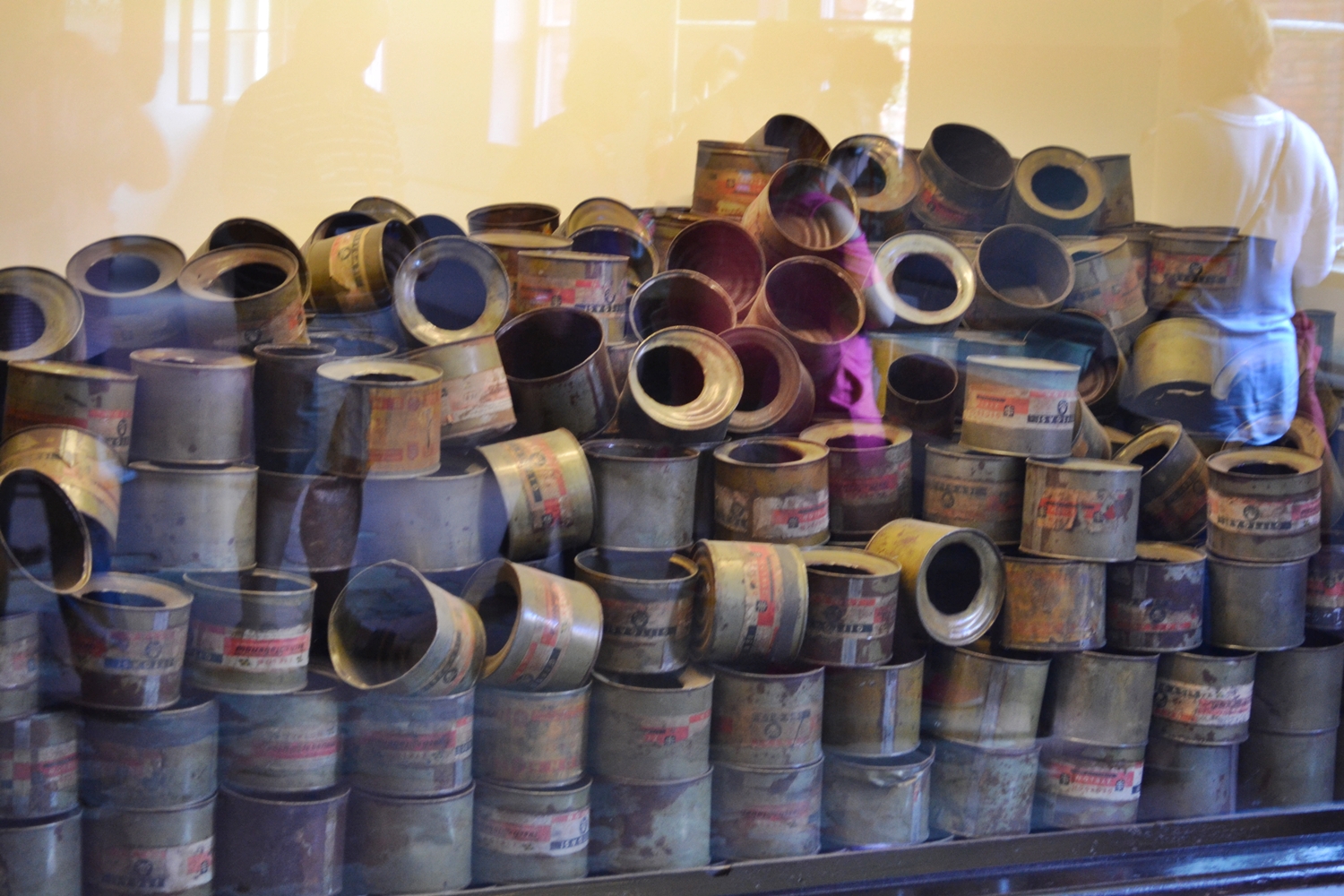
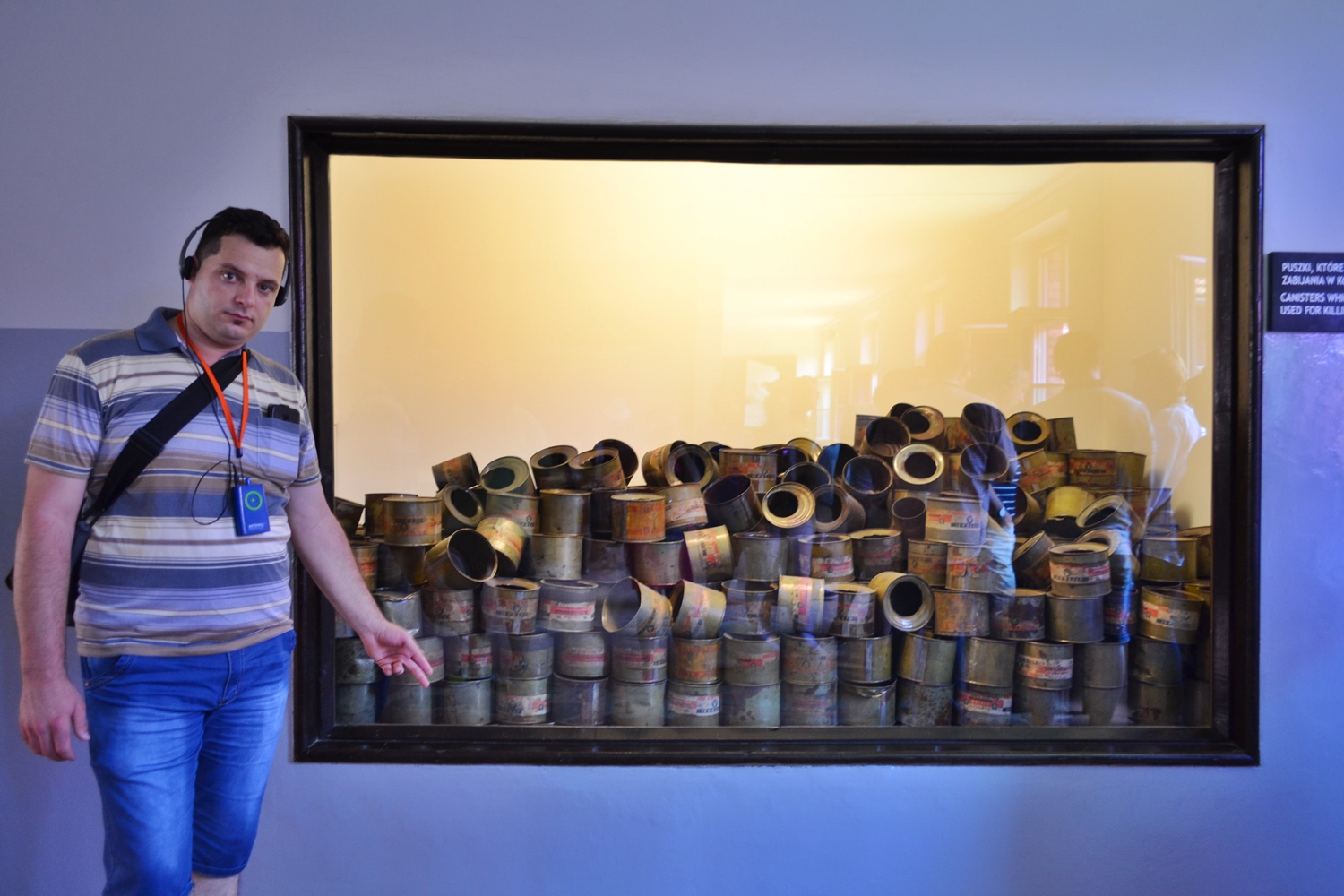
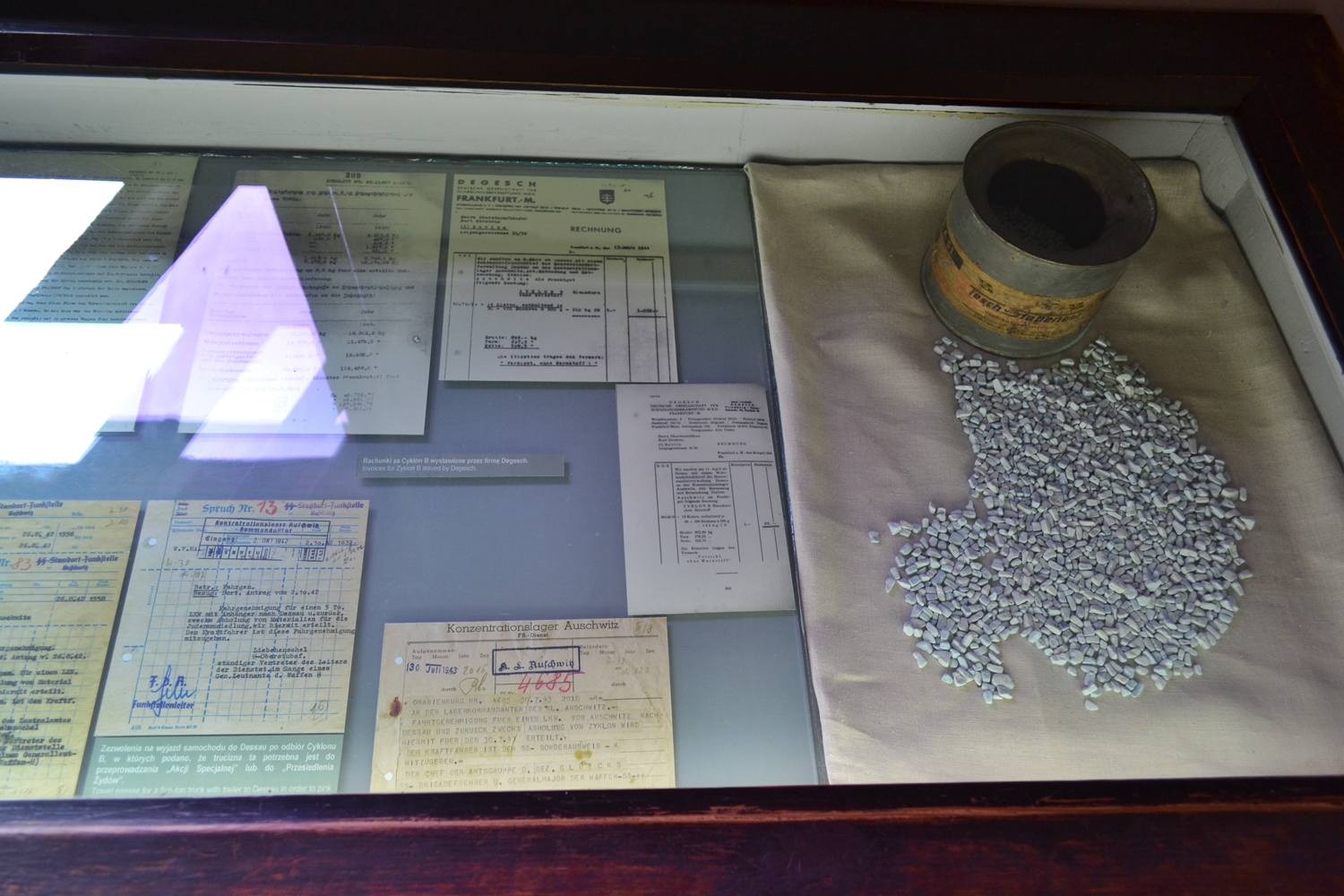
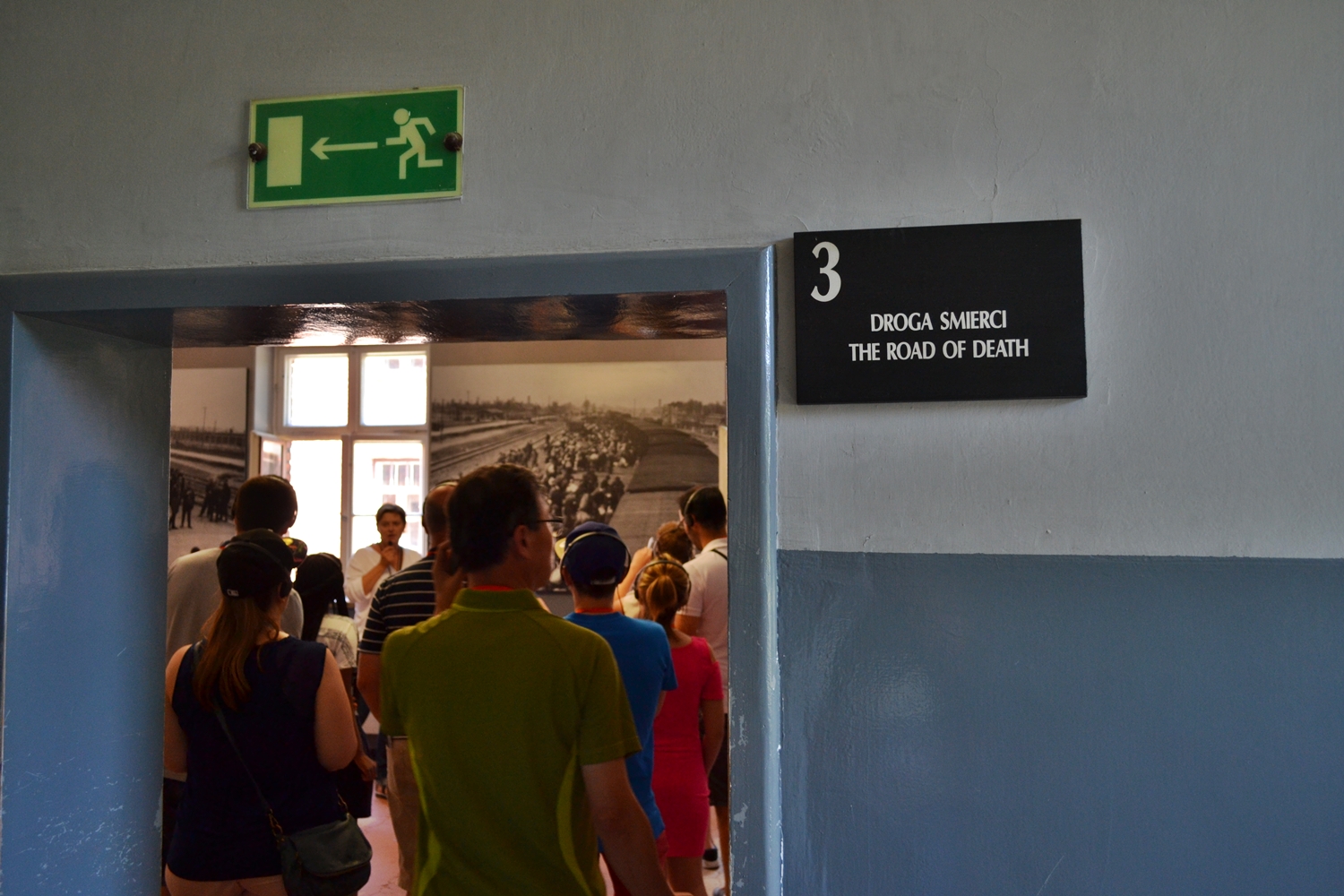
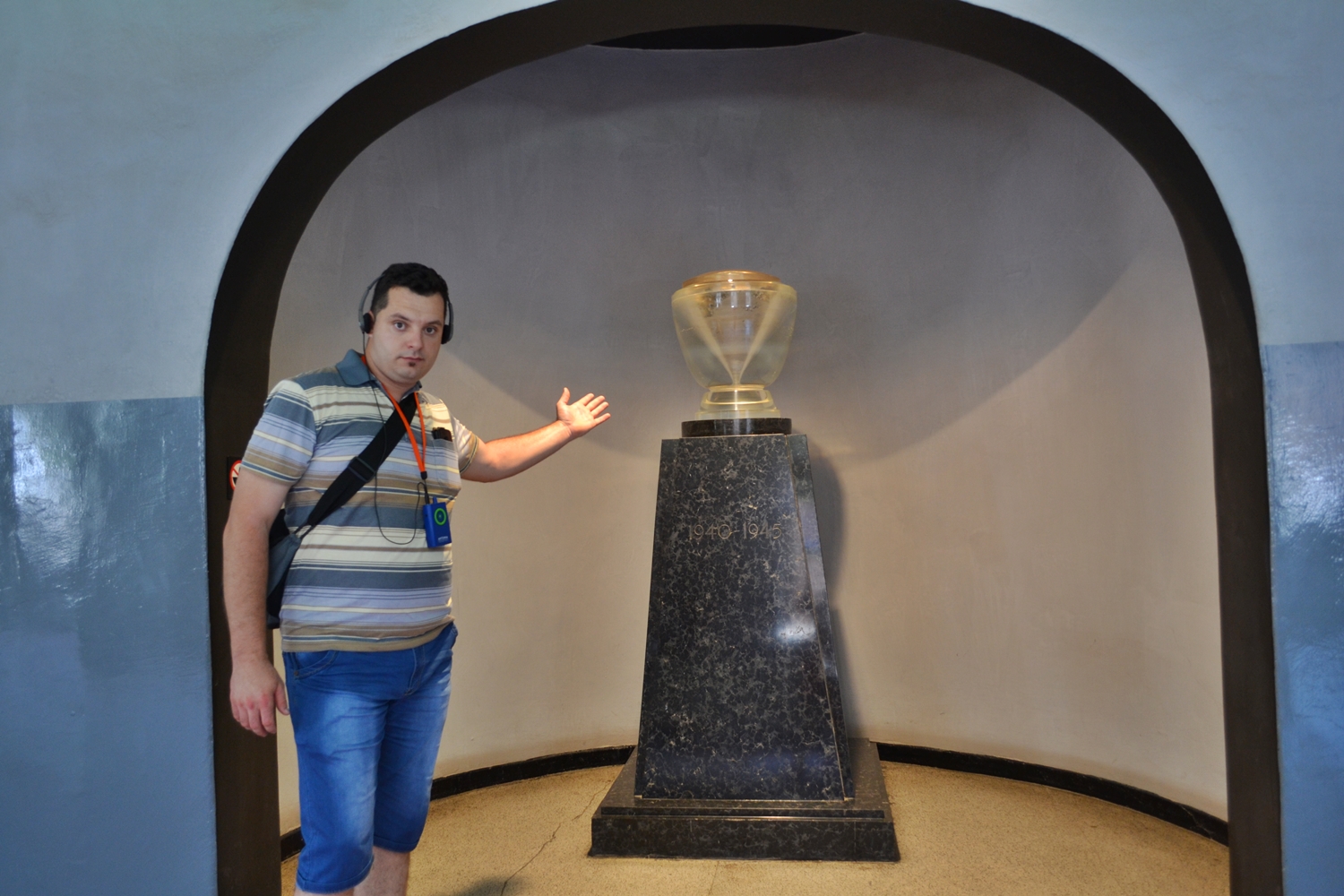
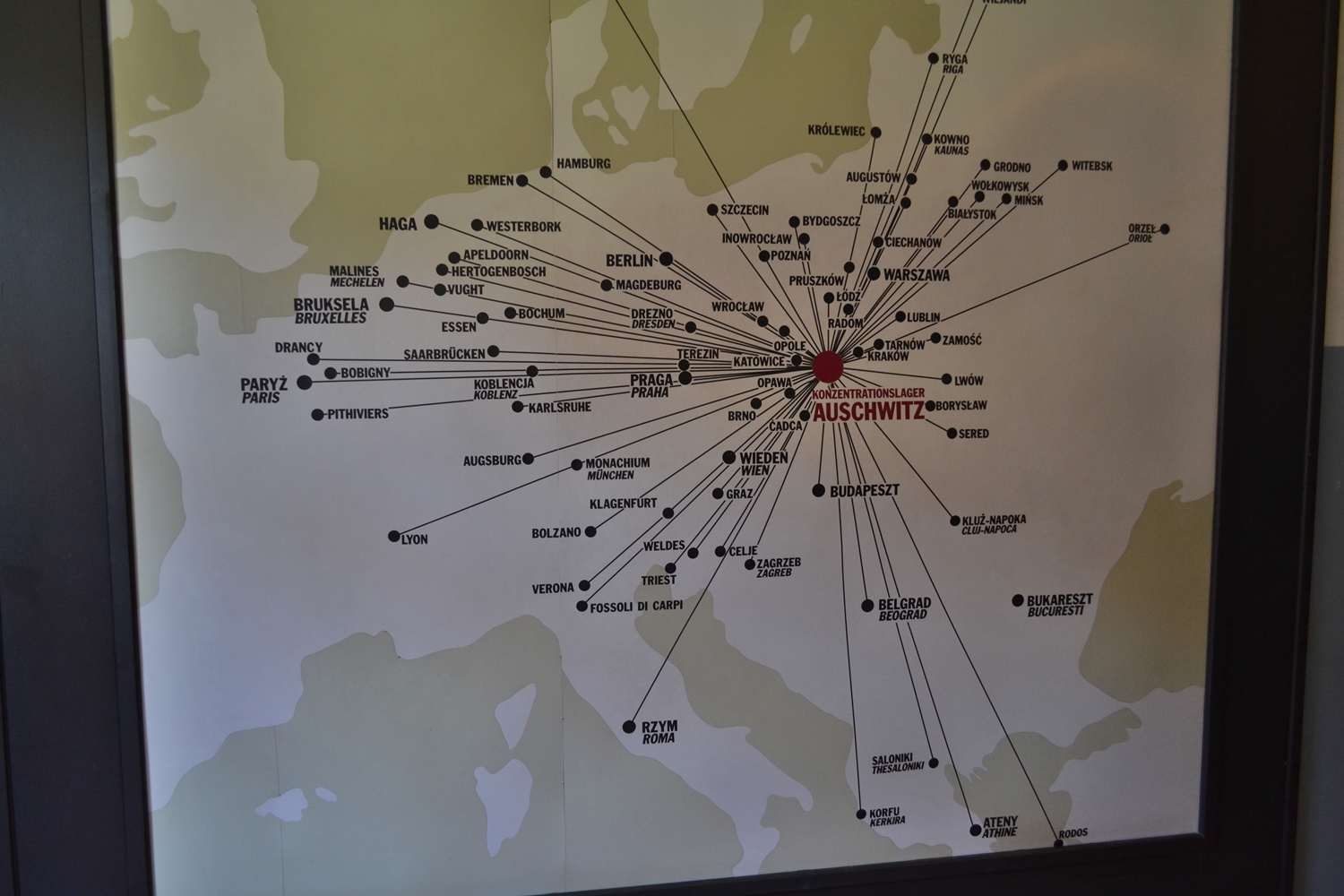
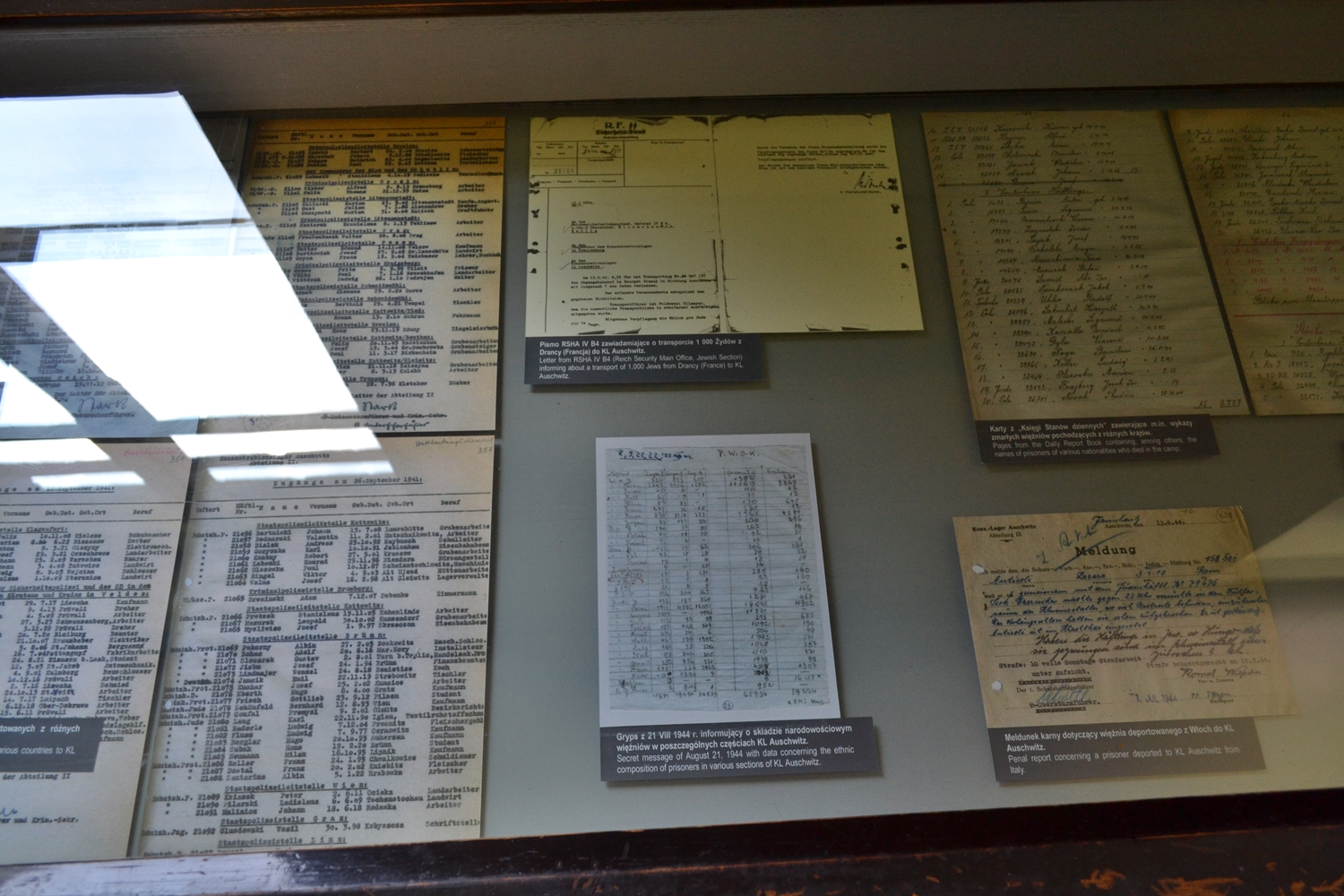

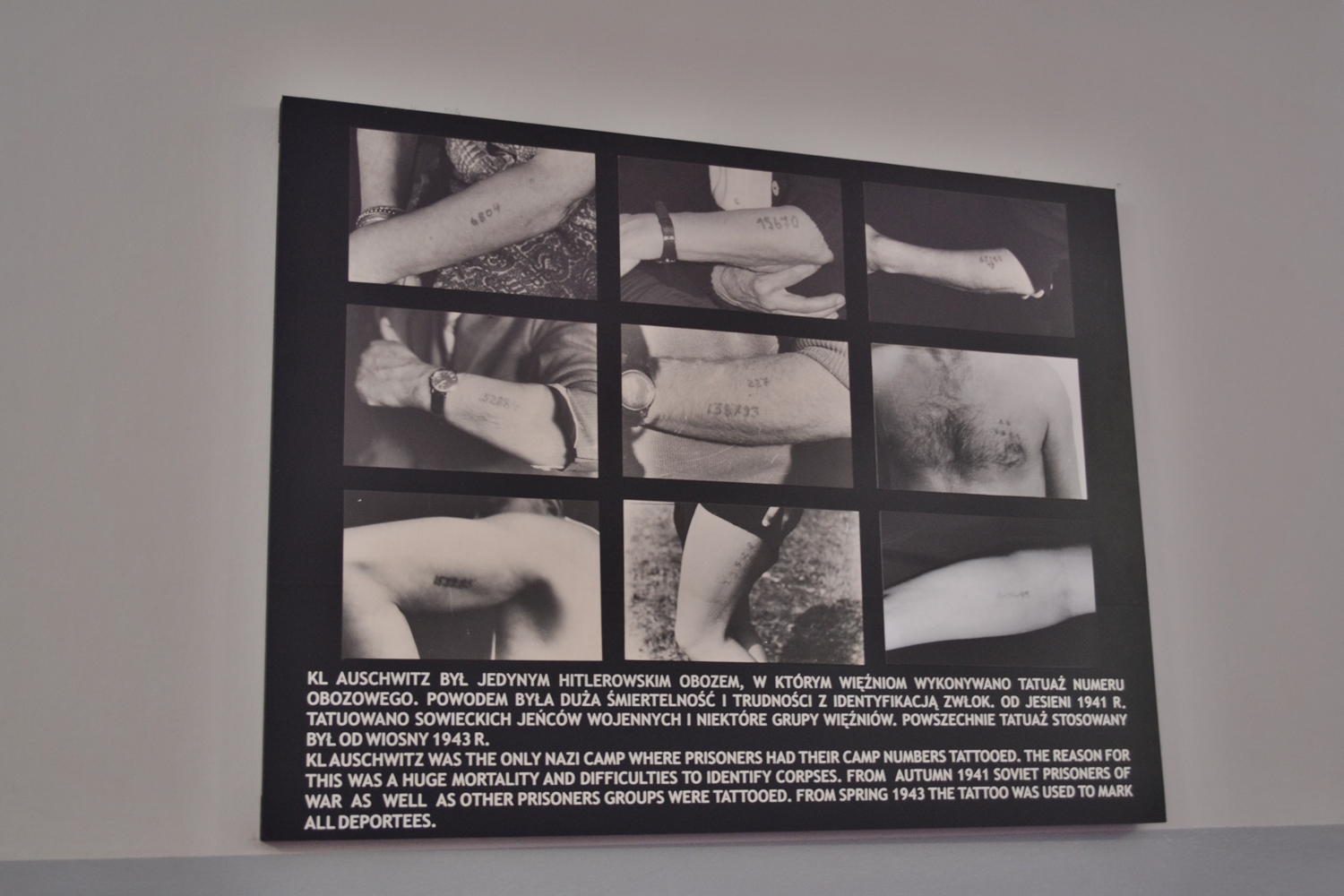
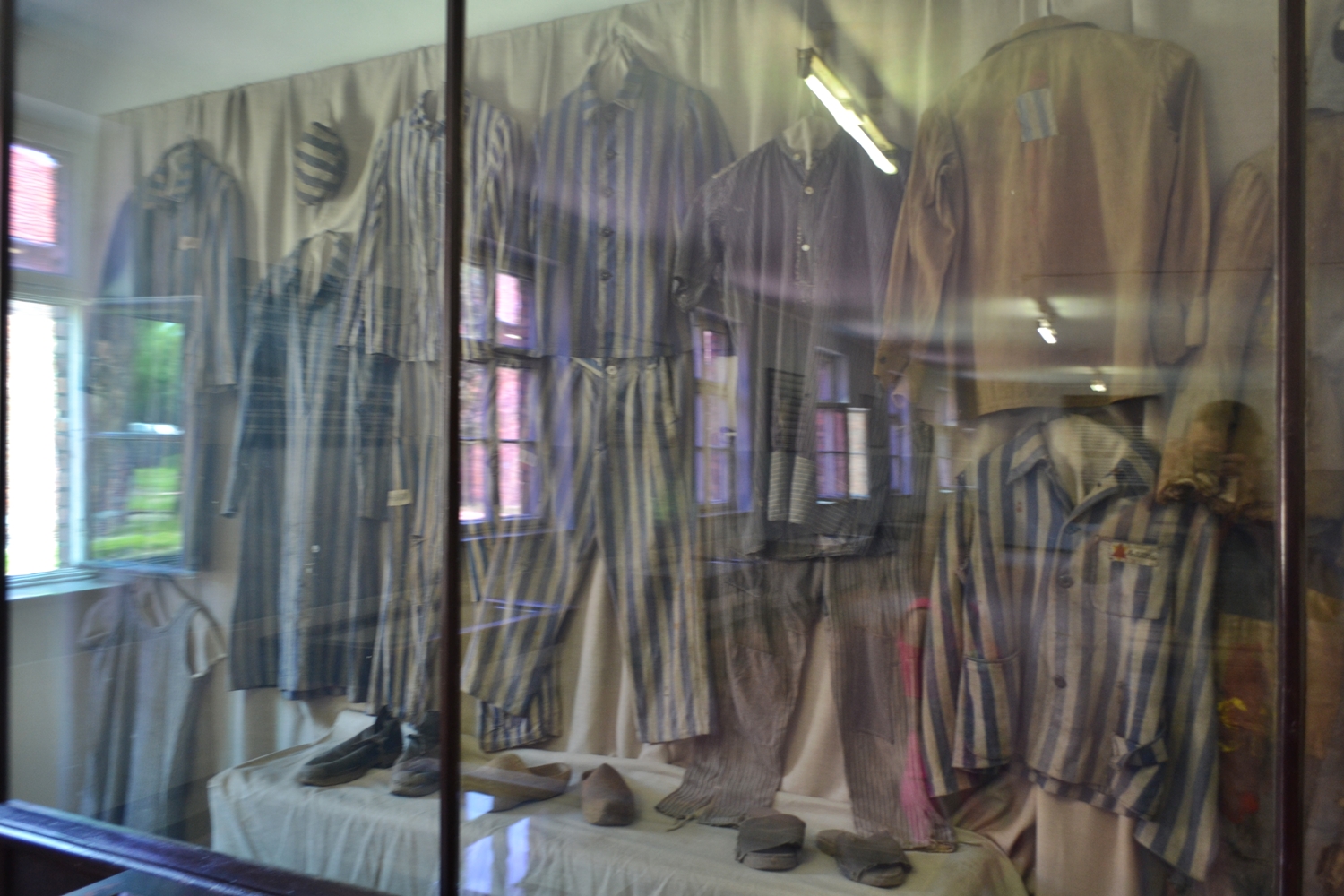
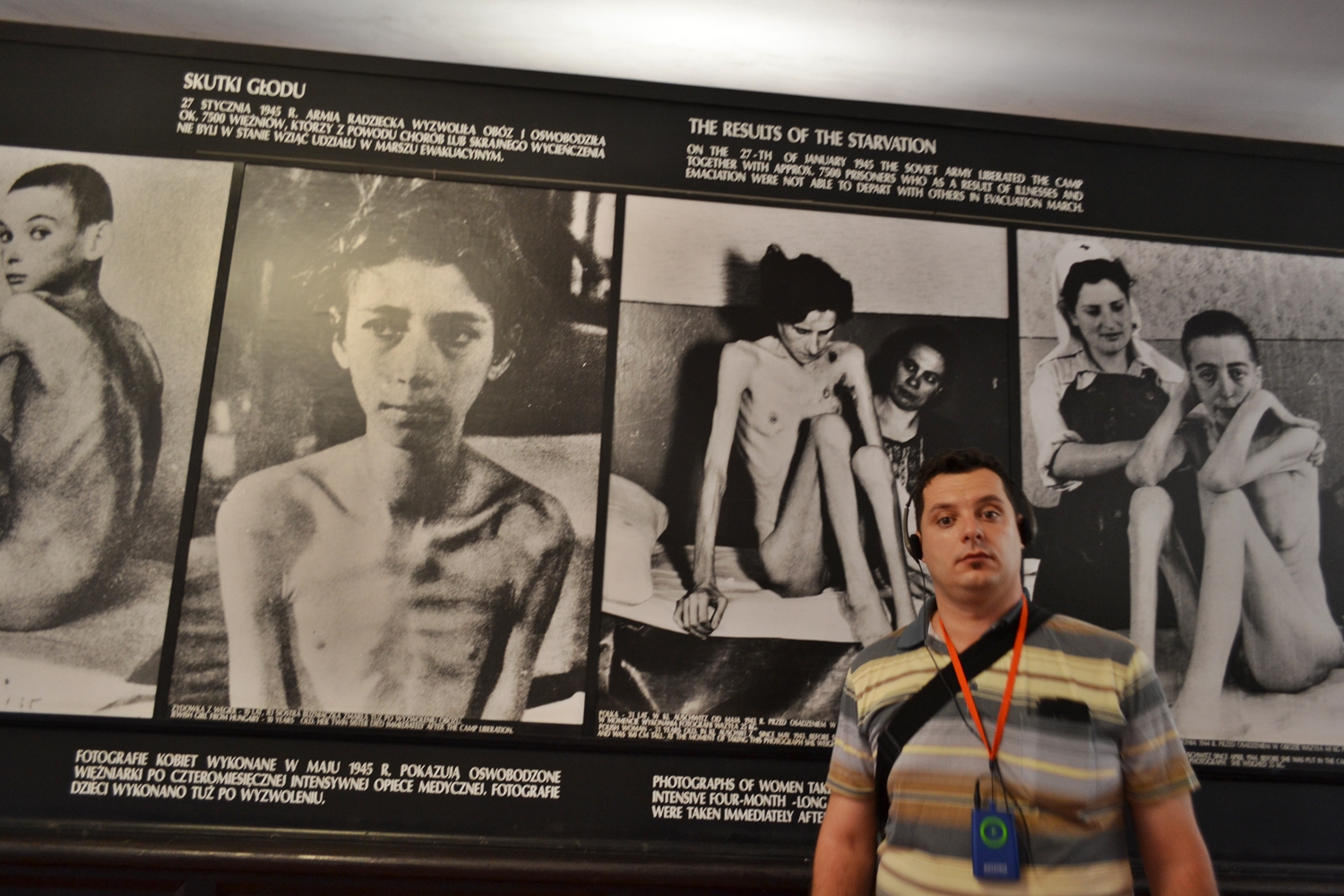
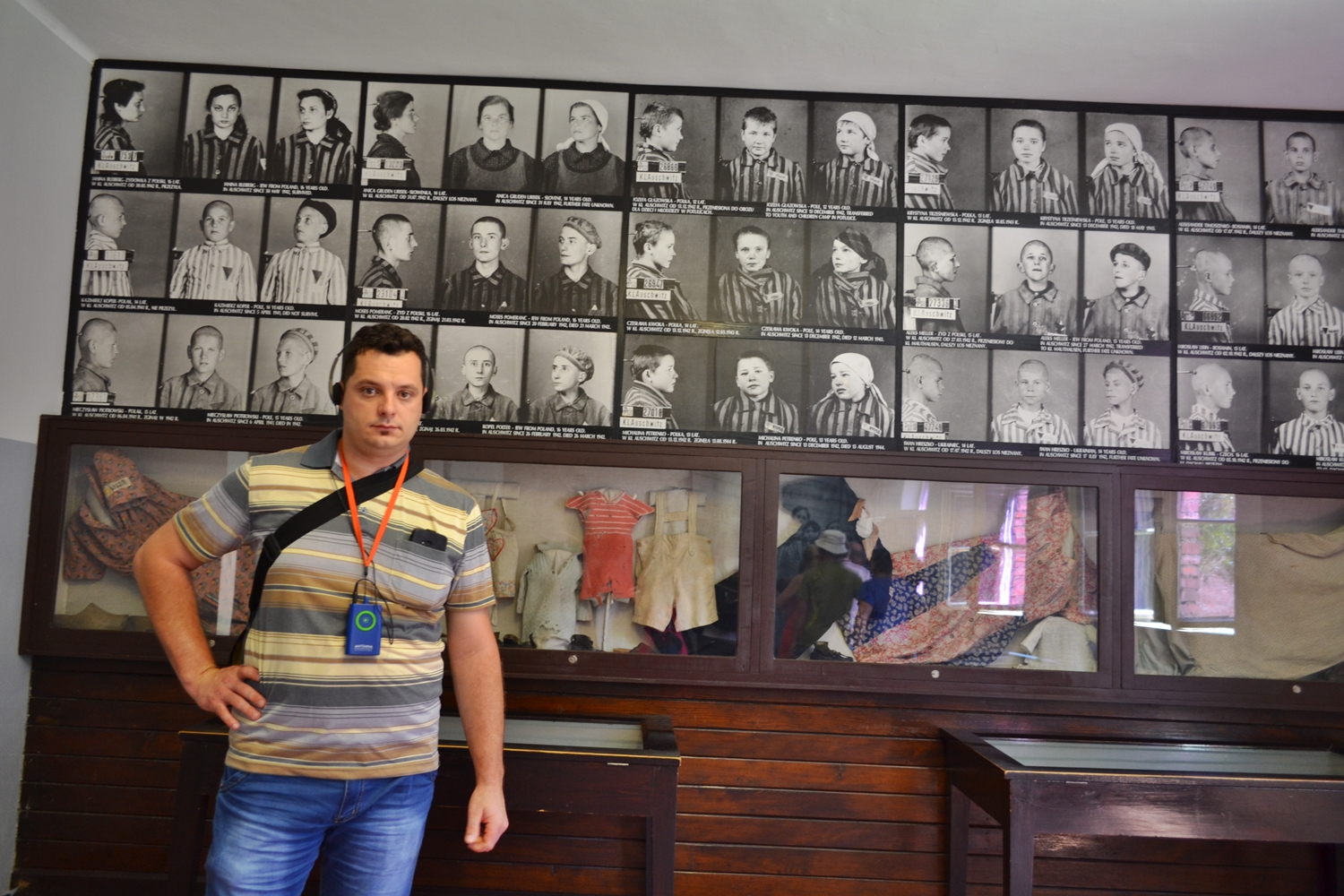
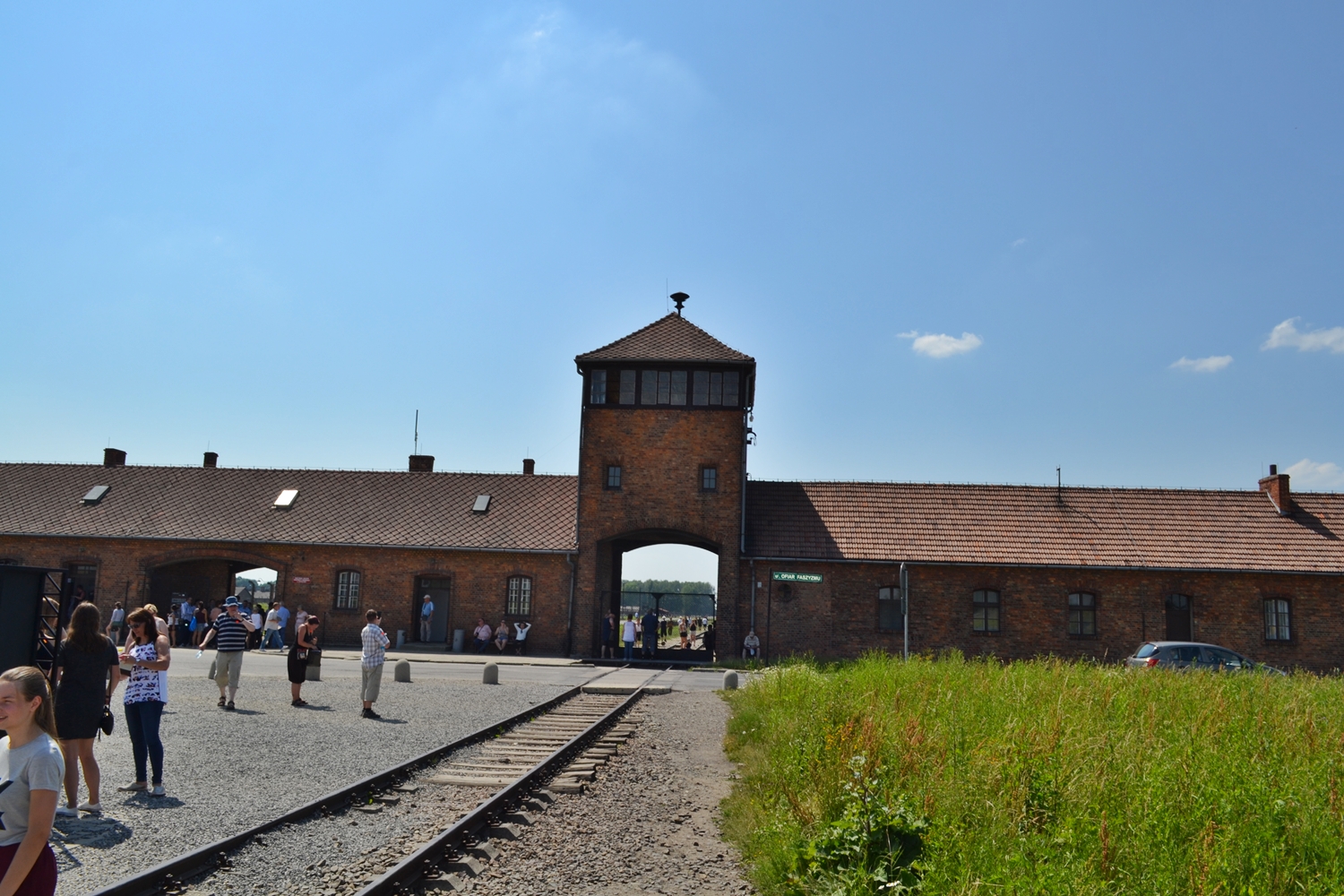
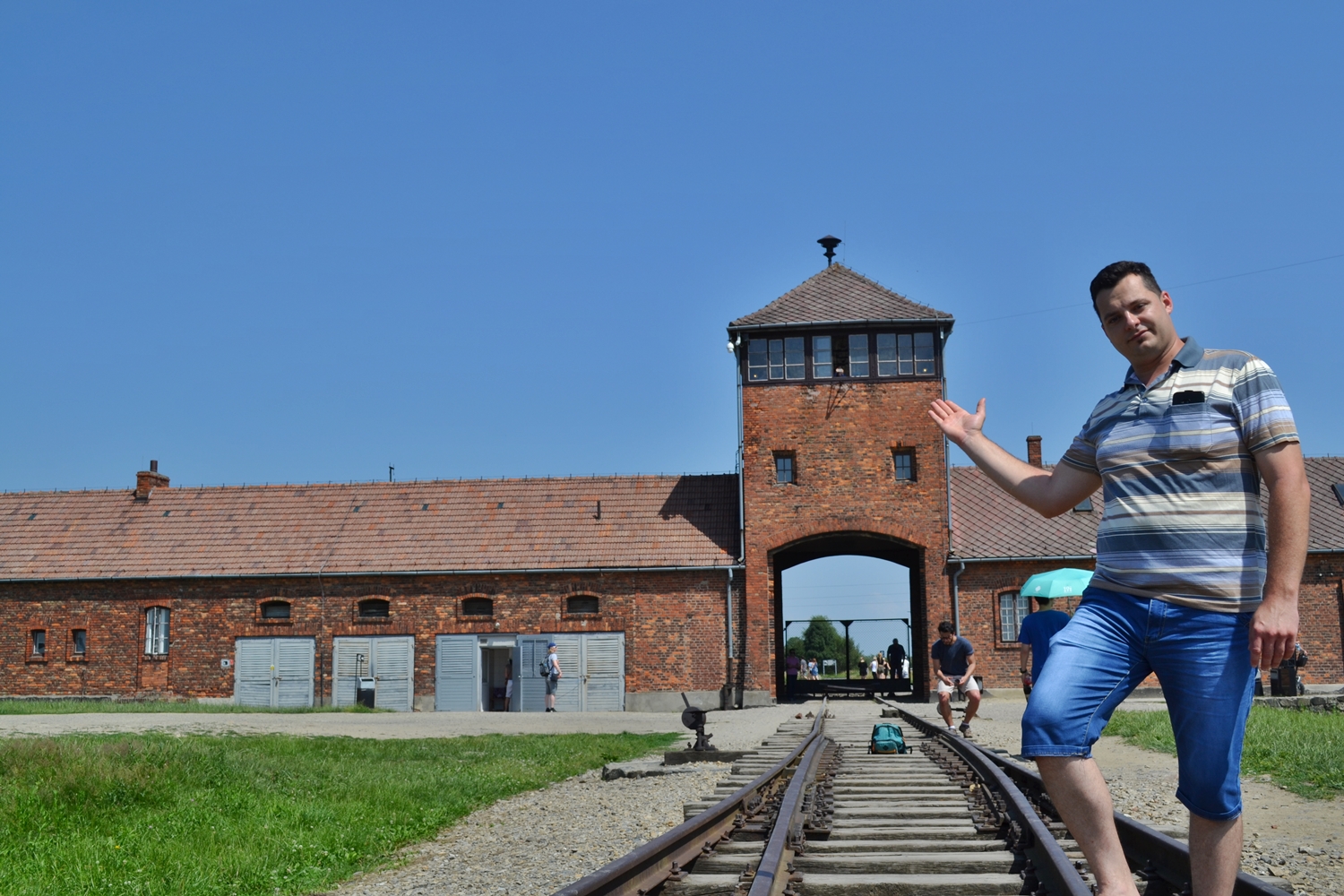
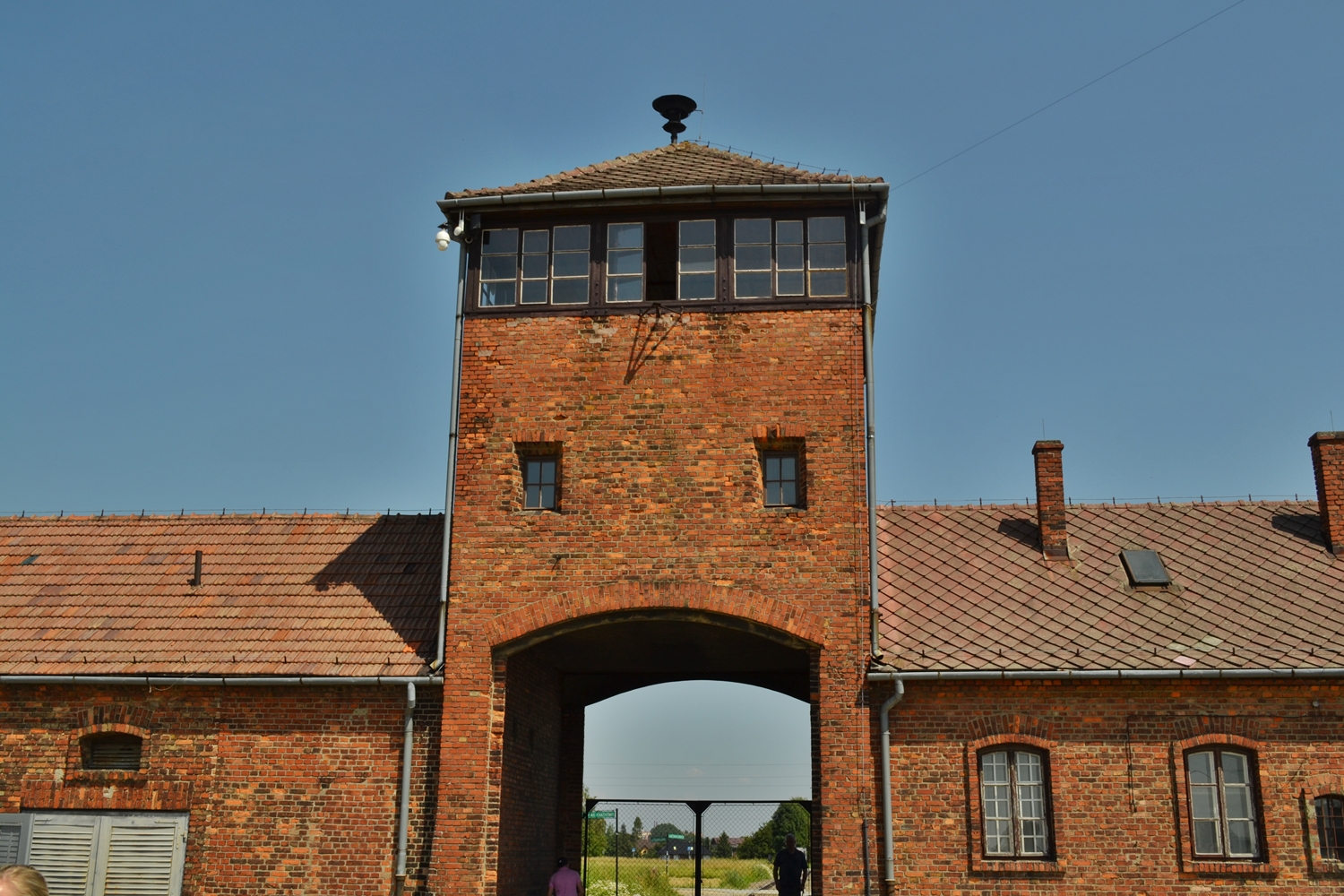
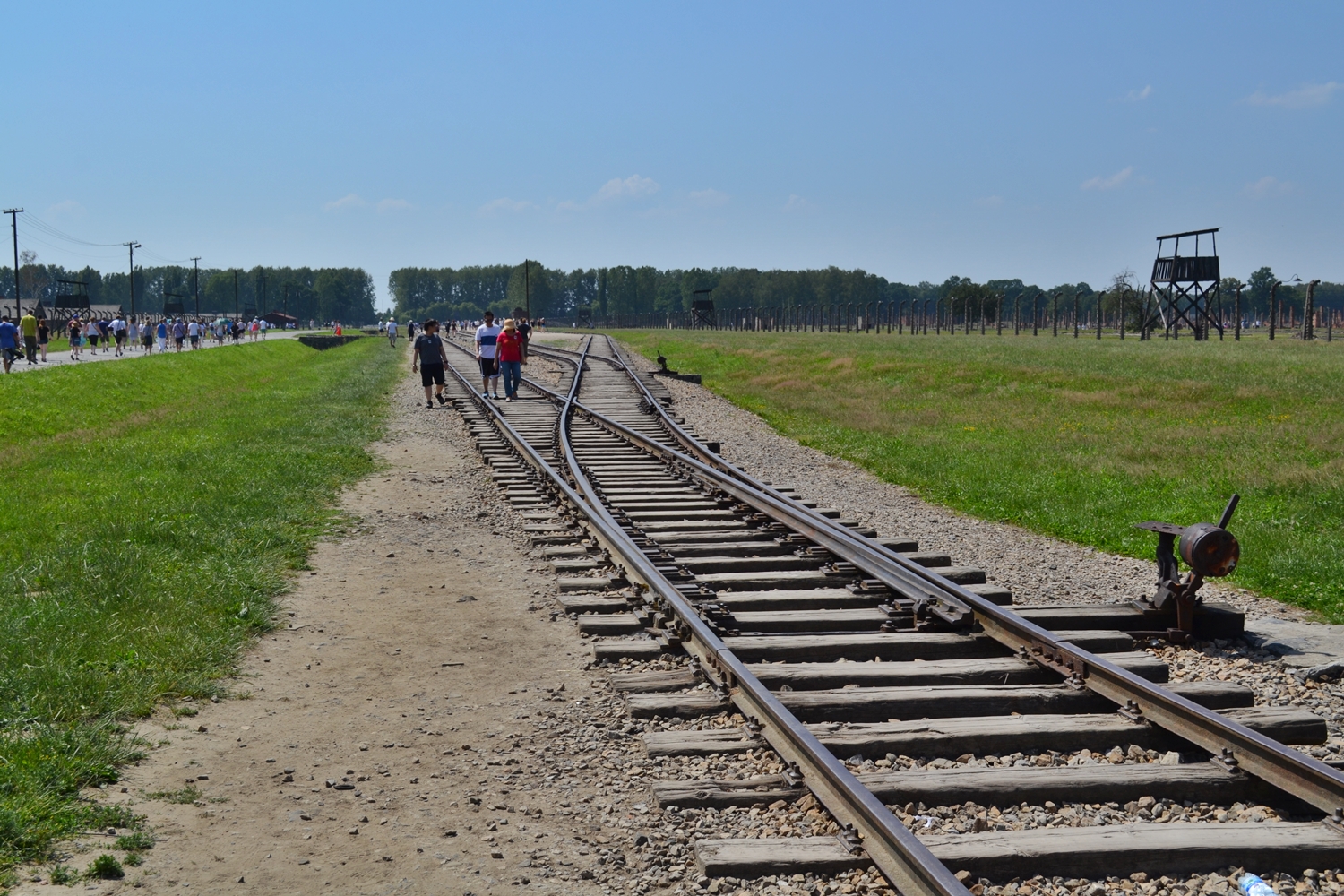
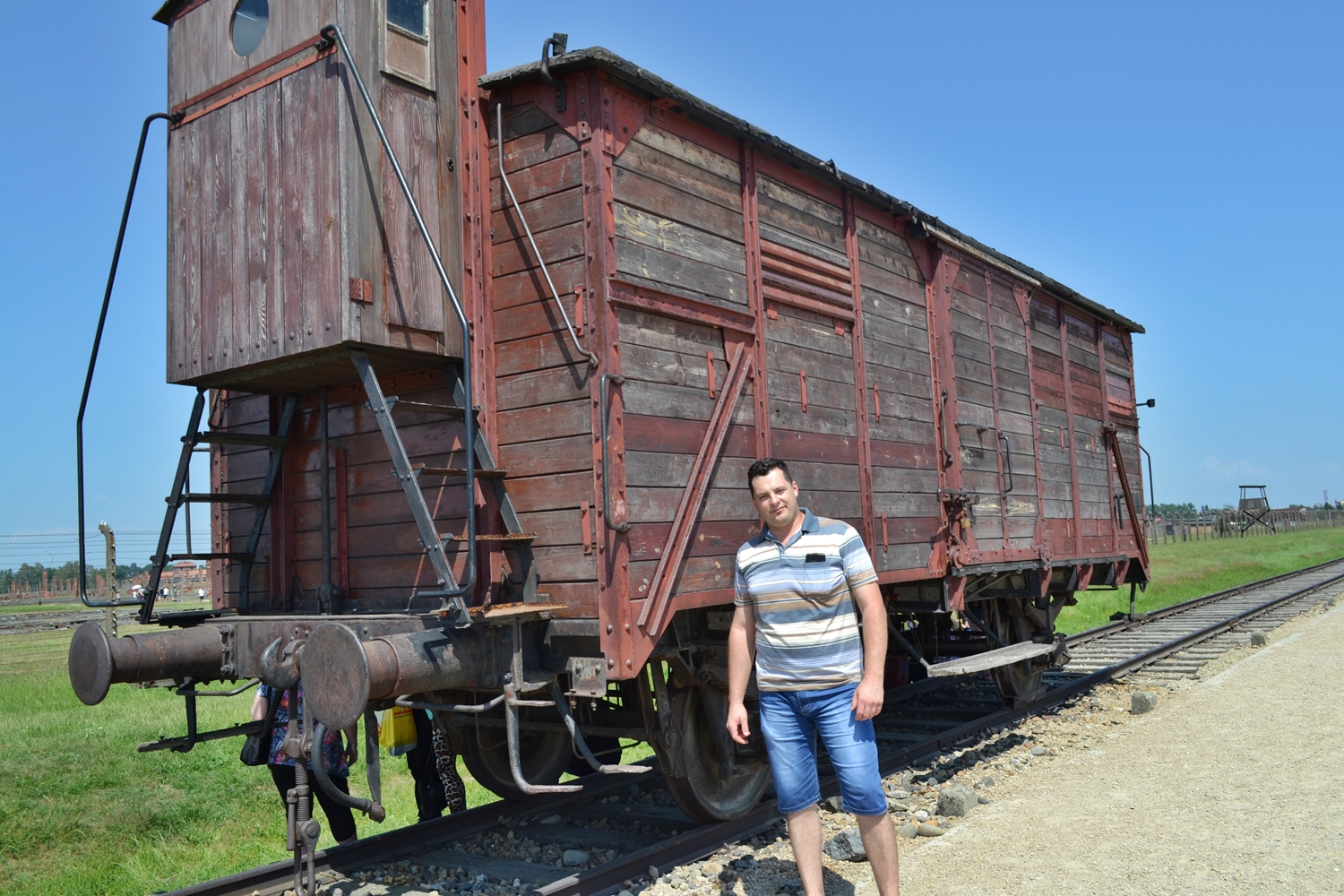
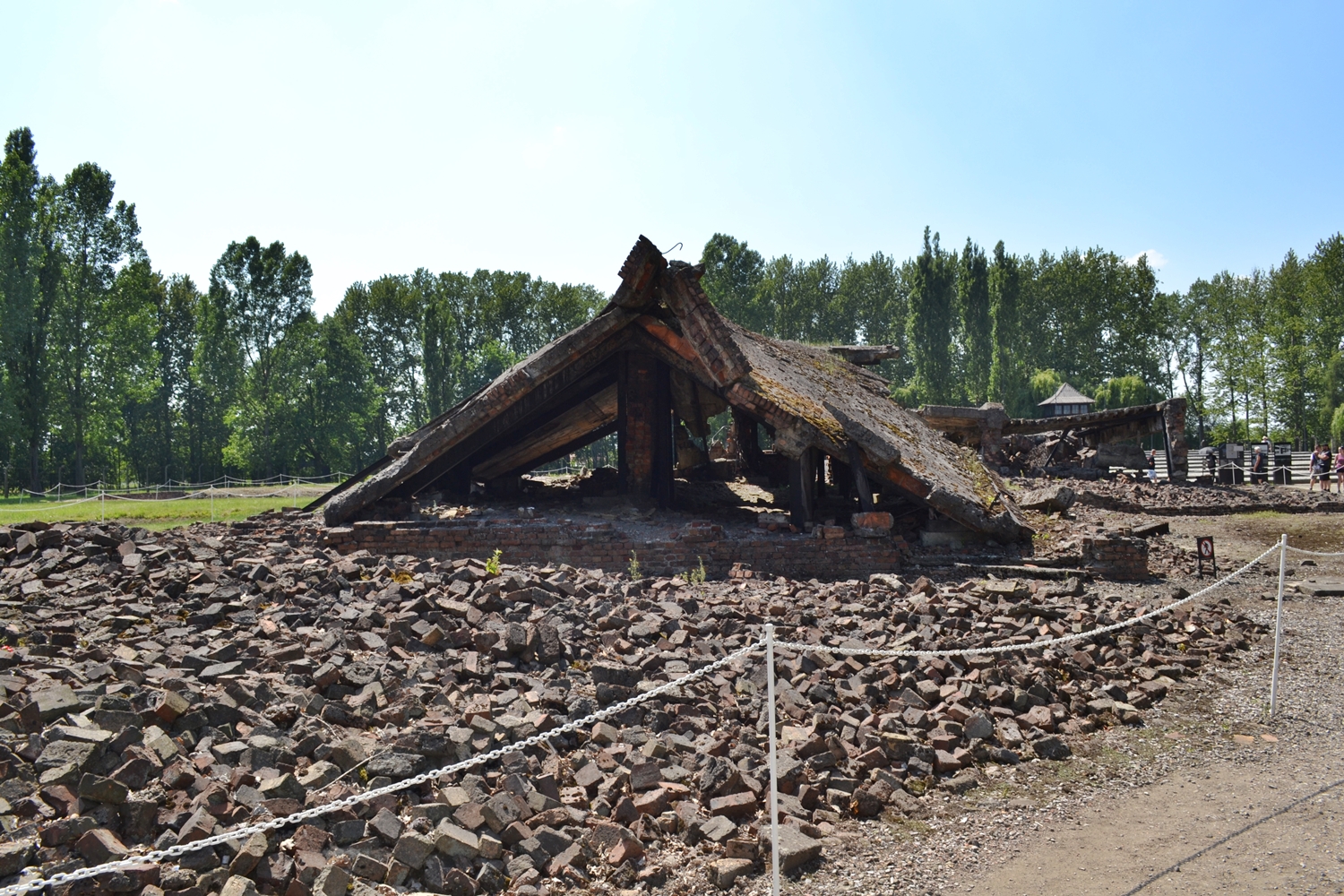

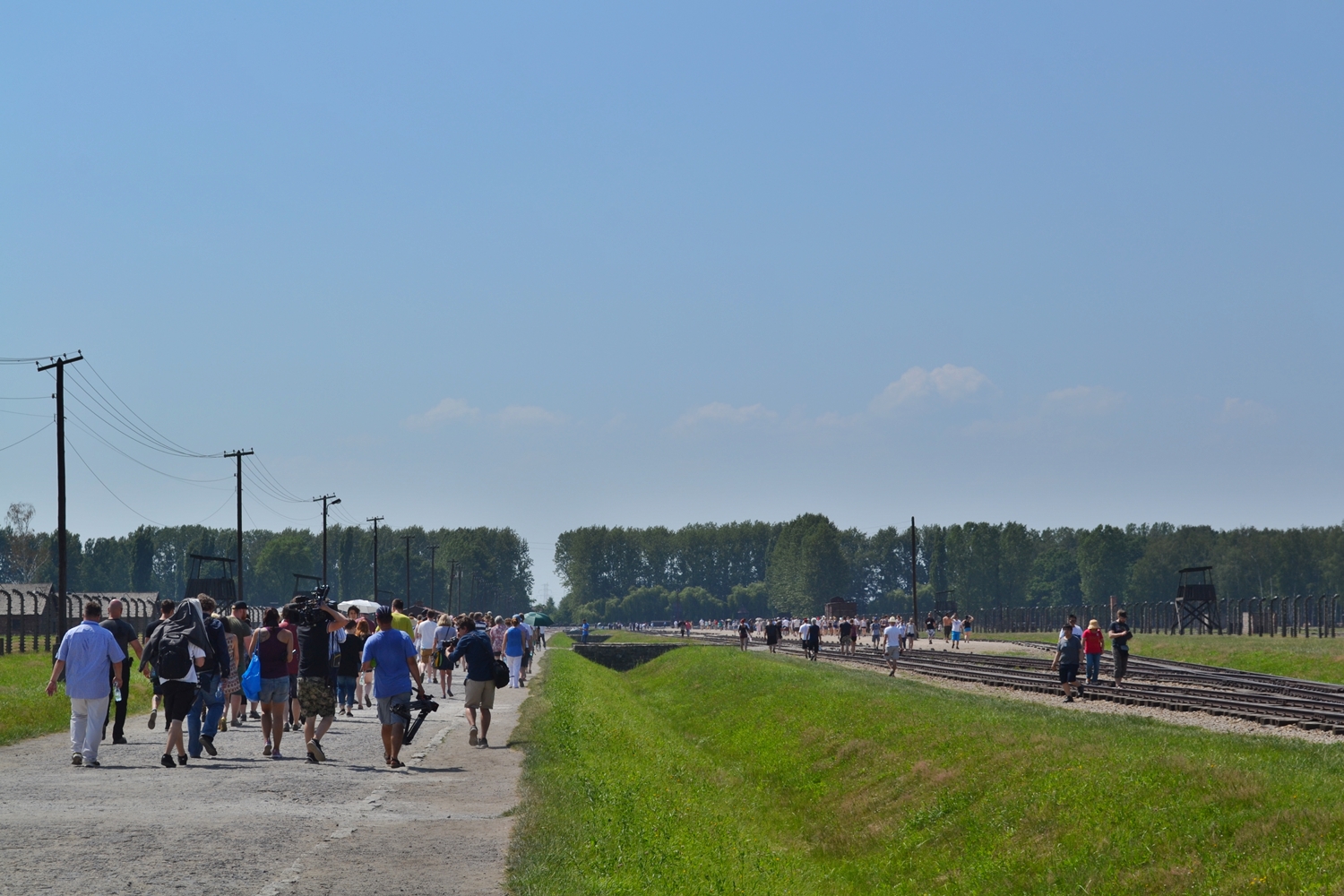
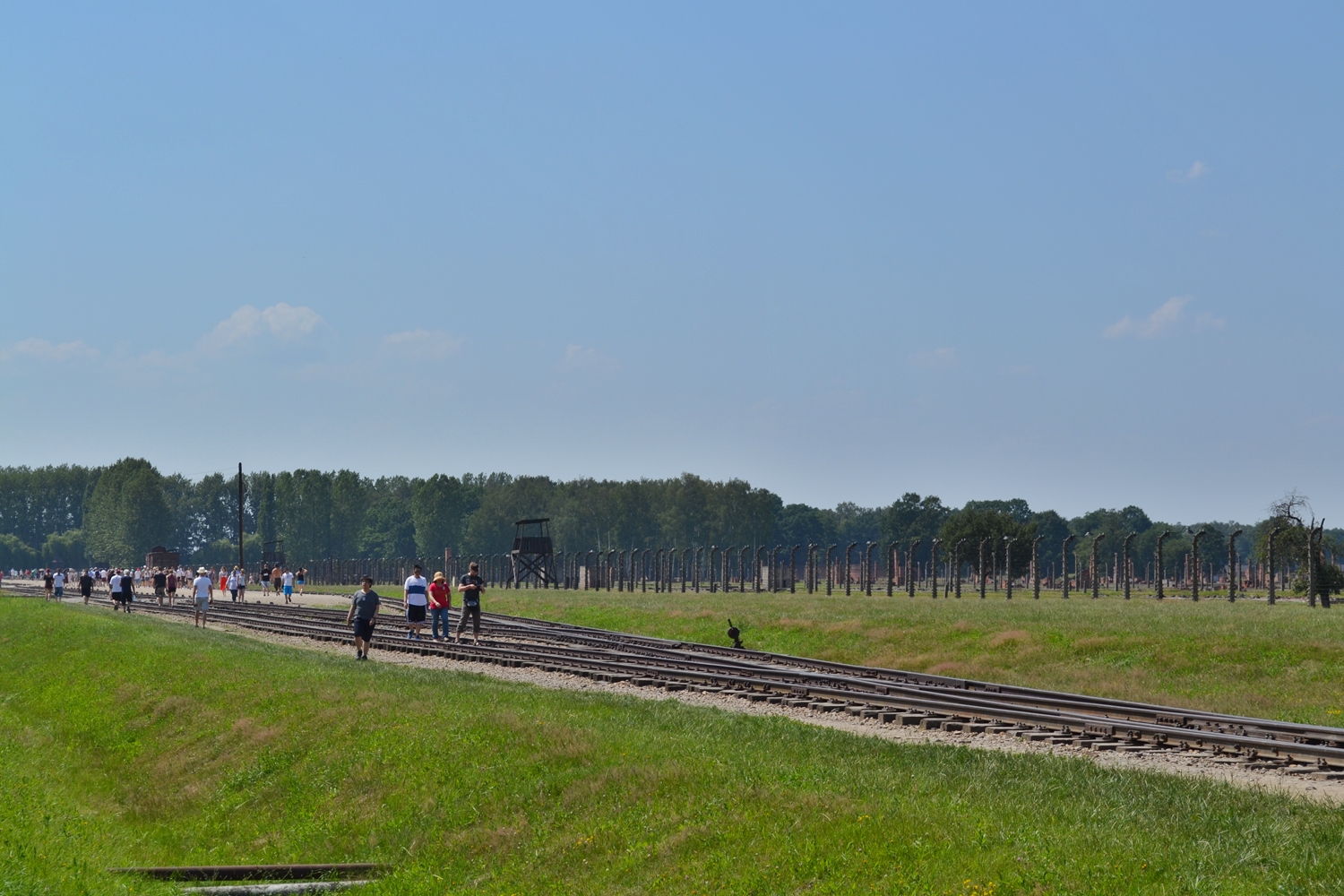
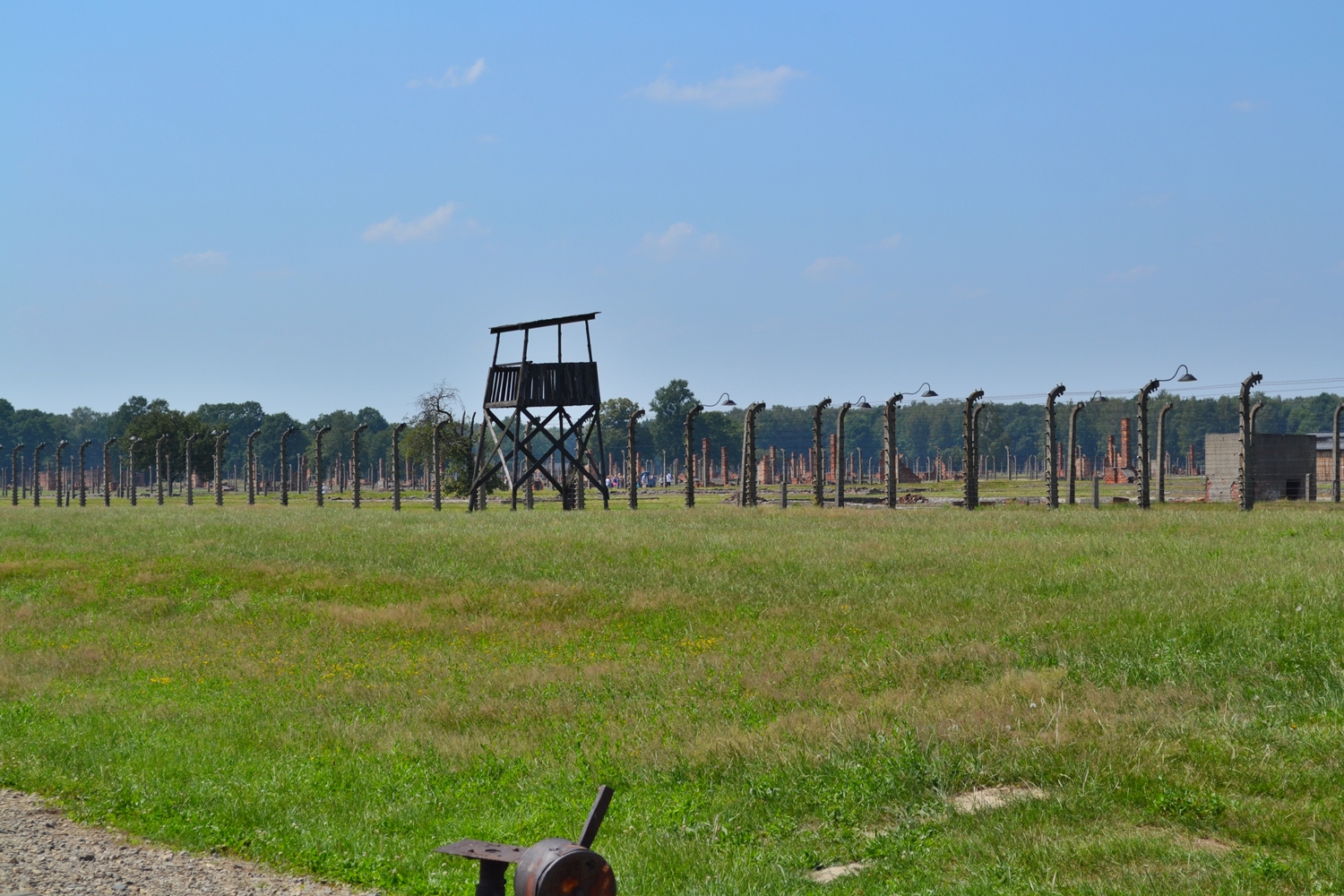
Congratulations, your post has been added to Pinmapple! 🎉🥳🍍
Did you know you have your own profile map?
And every post has their own map too!
Want to have your post on the map too?
Dureroasa postare dar te felicit pentru continut si timpul depus redactarii articolului! :)
Iti multumesc pentru sustinere, ce am reusit sa scriu in postare este o mica parte din ce am vazut si simtit acolo. Nu am pus poze si nu am putut descrie cuptoarele unde erau arsi oamenii, camerele de gazare, zidurile unde erau executati oamenii, blockurile care aveau geamurile acoperite ca sa se vada din interior ce se intampla afara......... O seara placuta